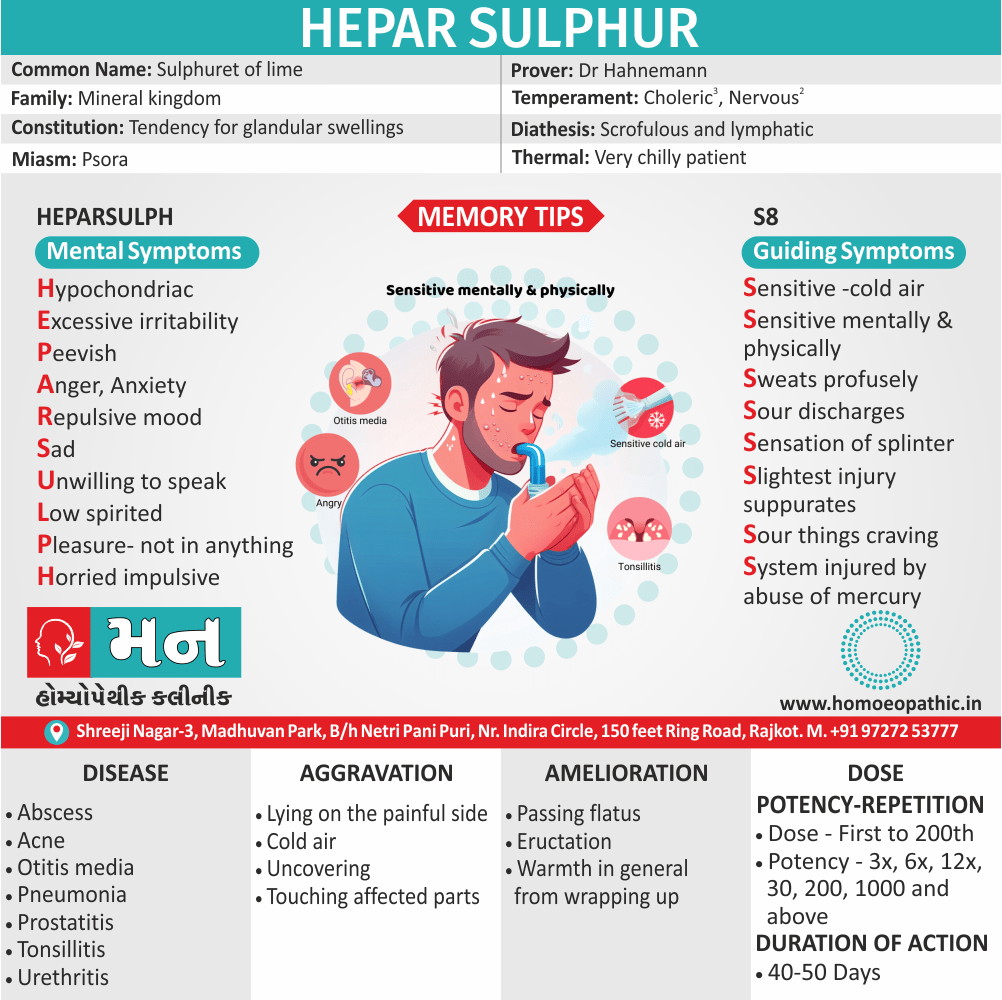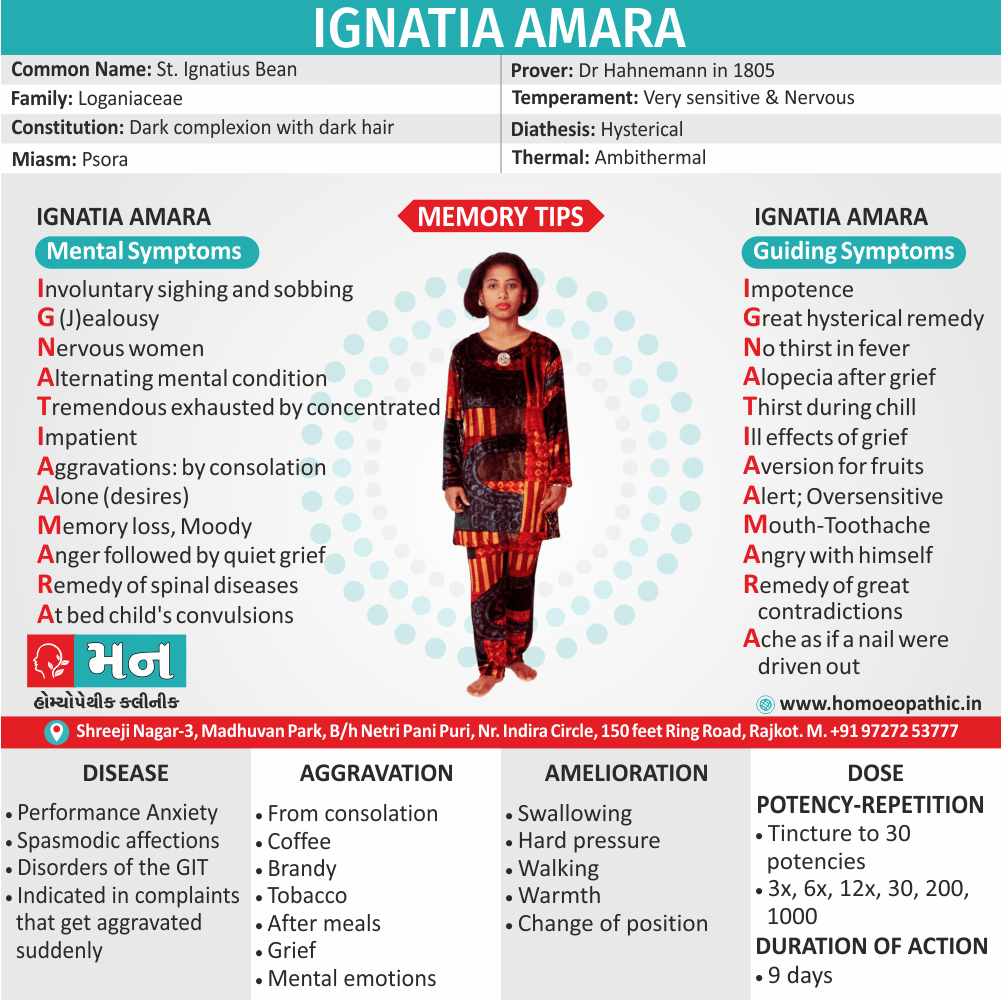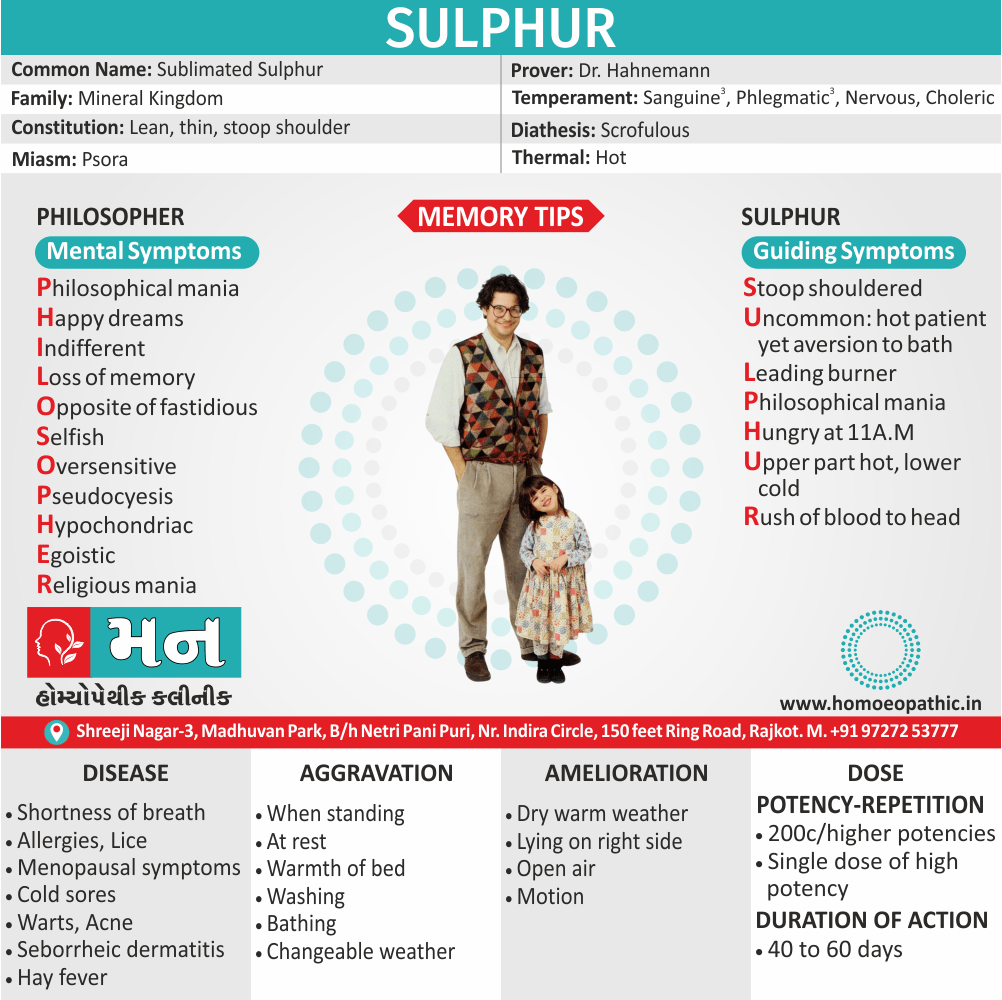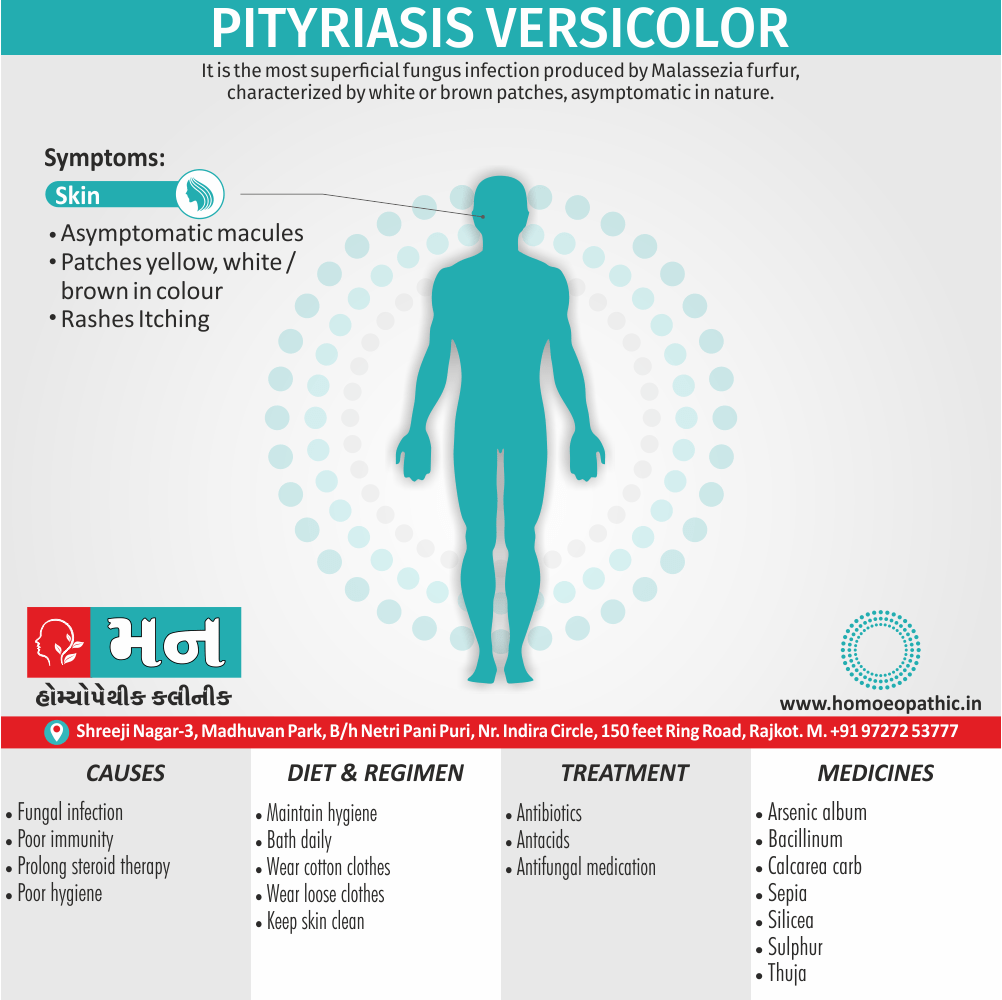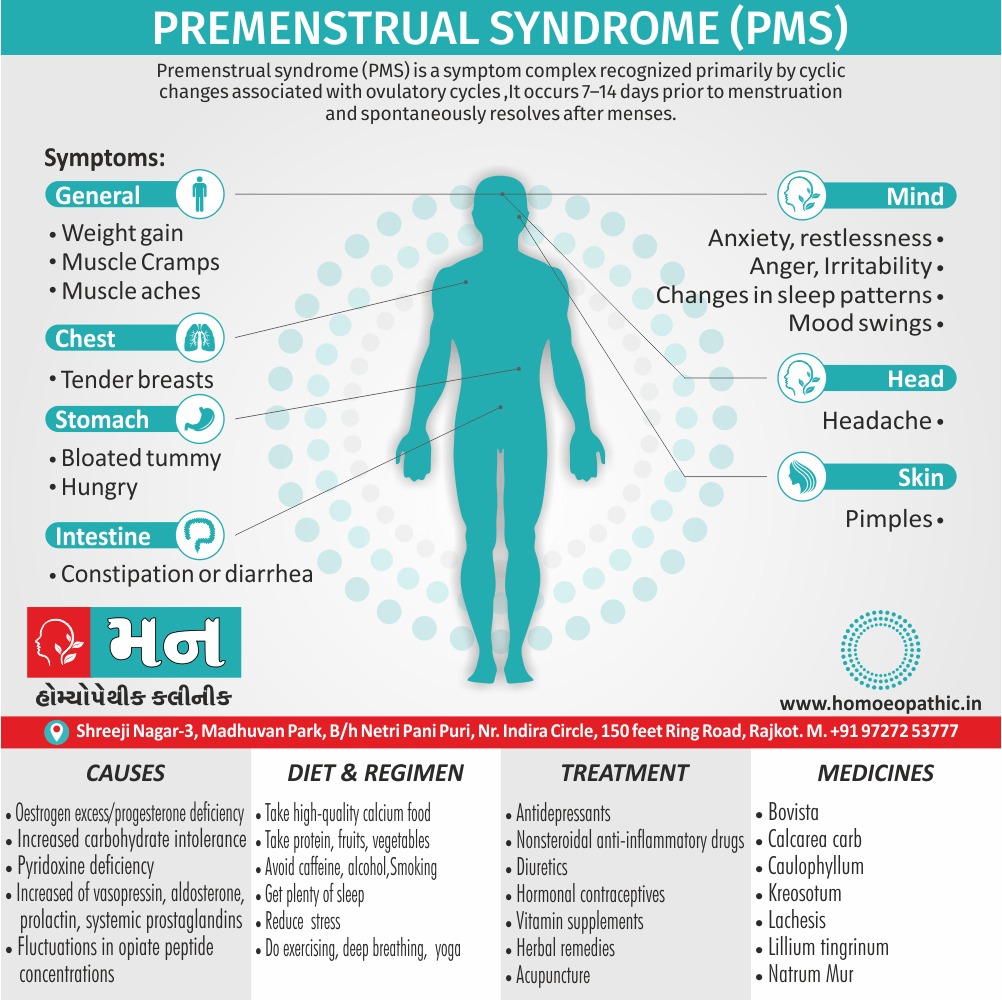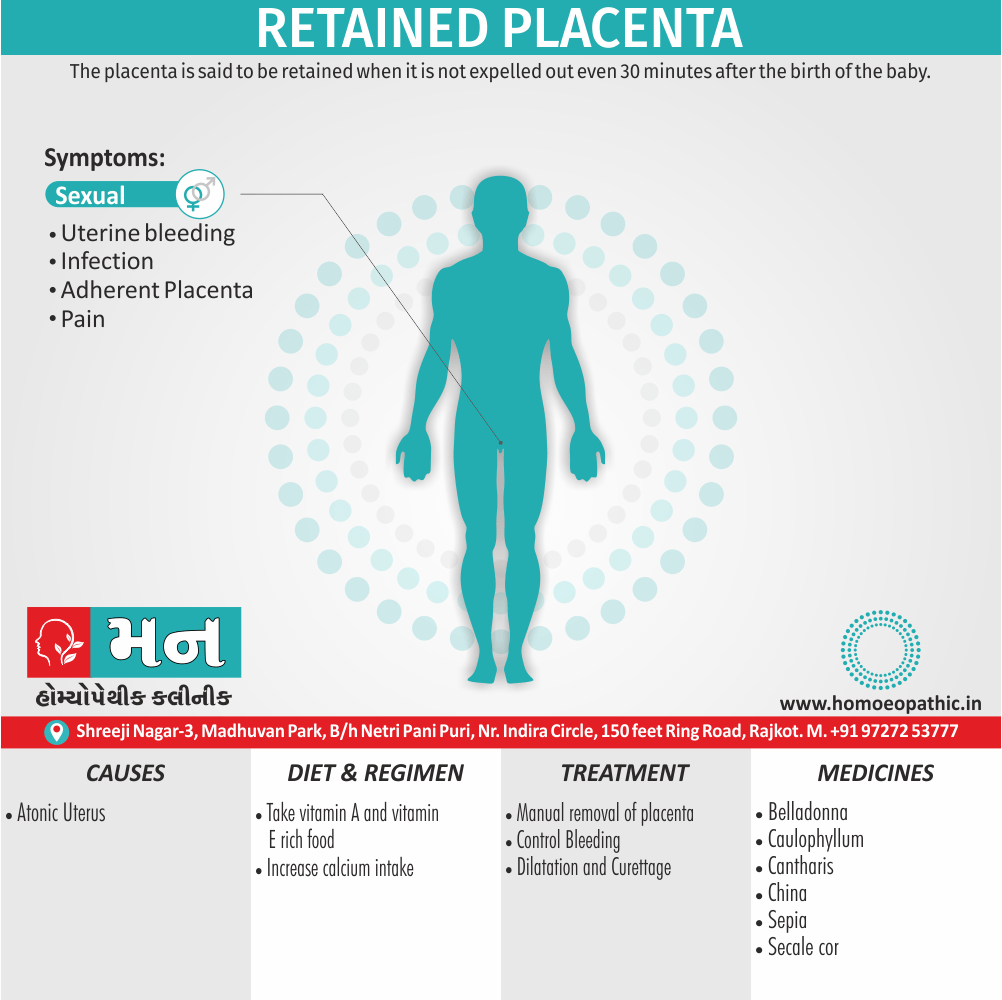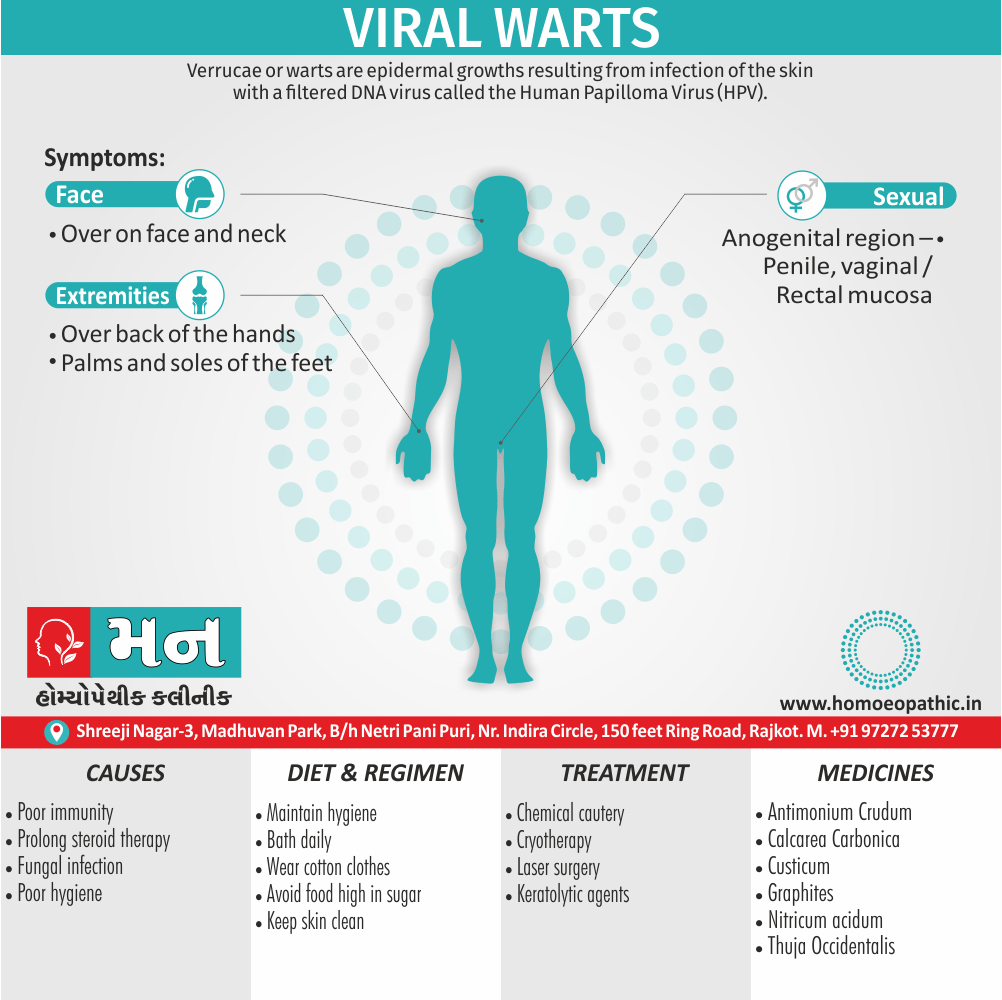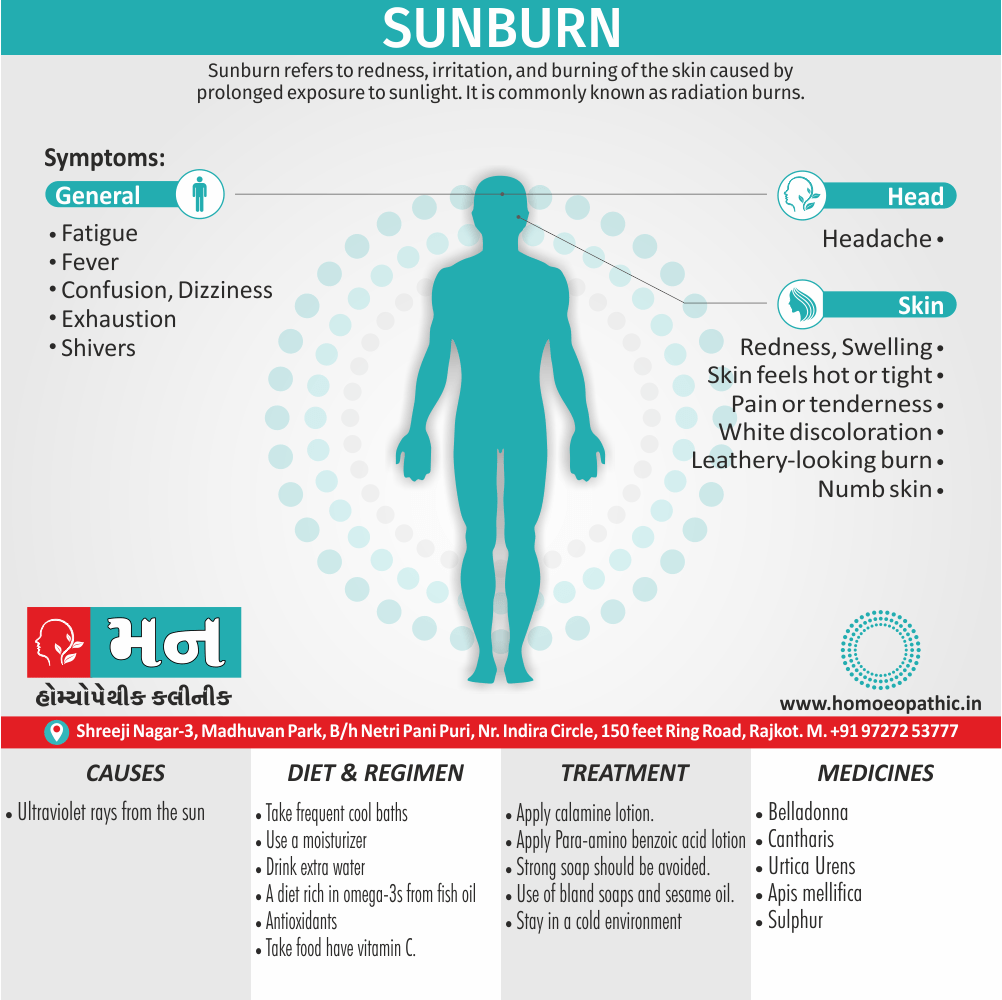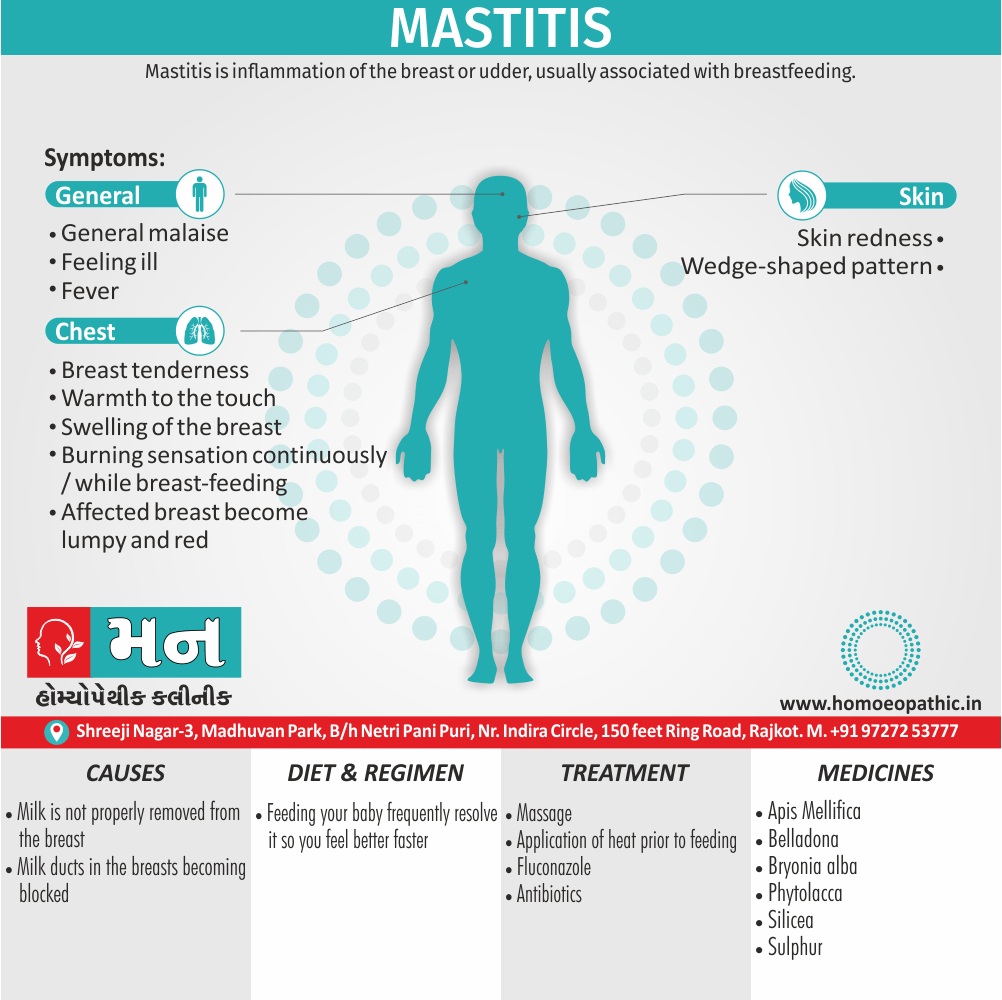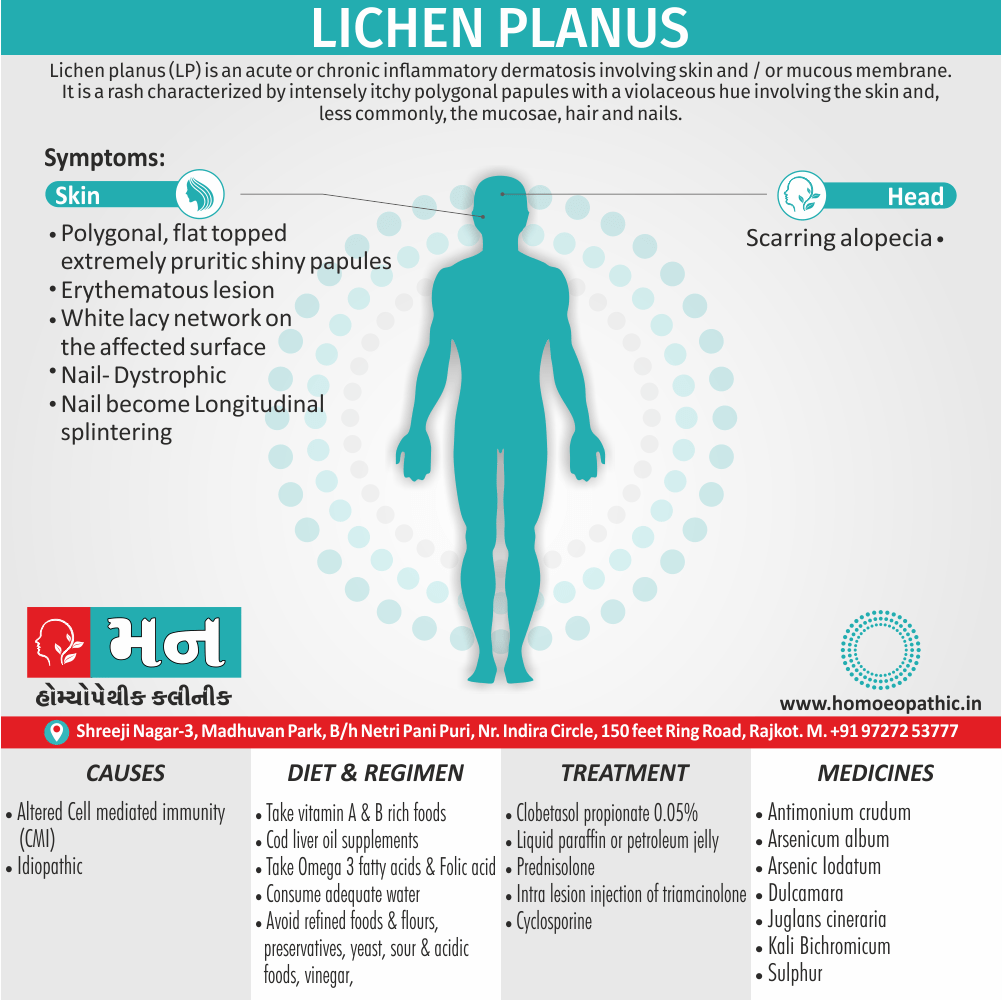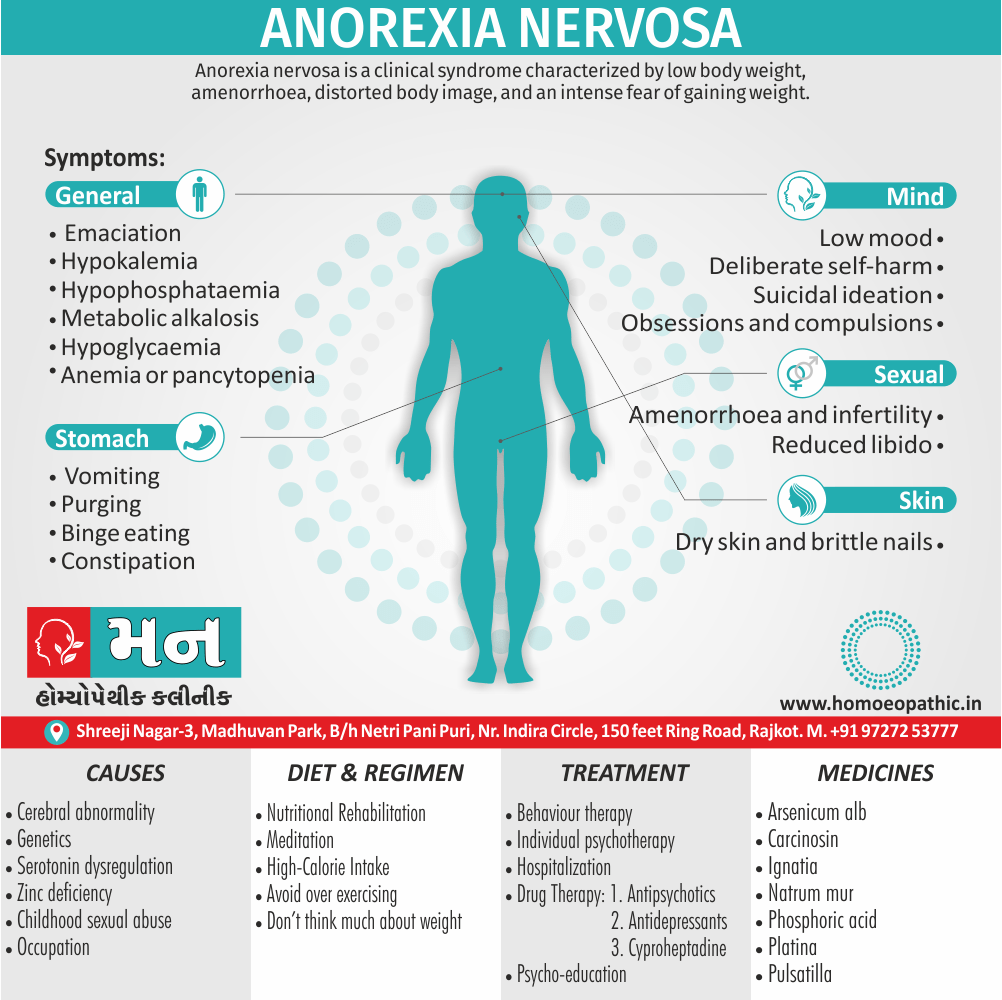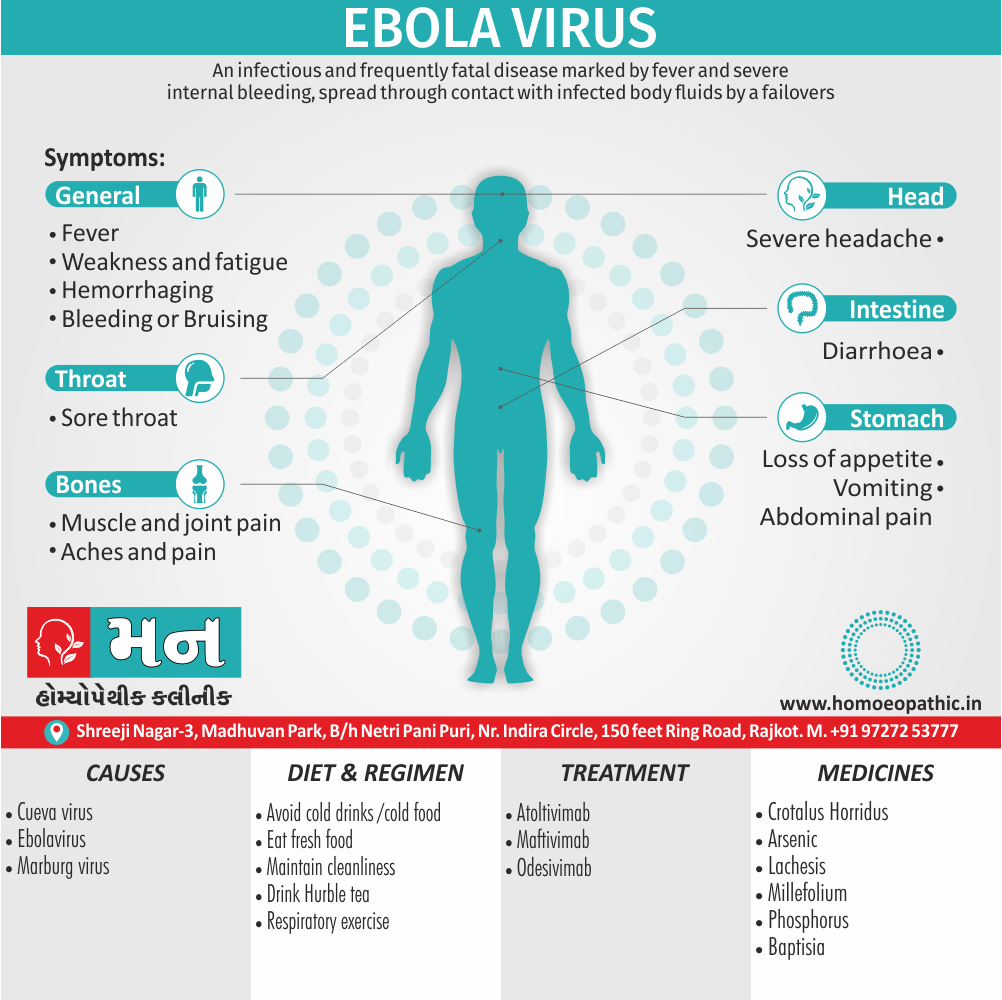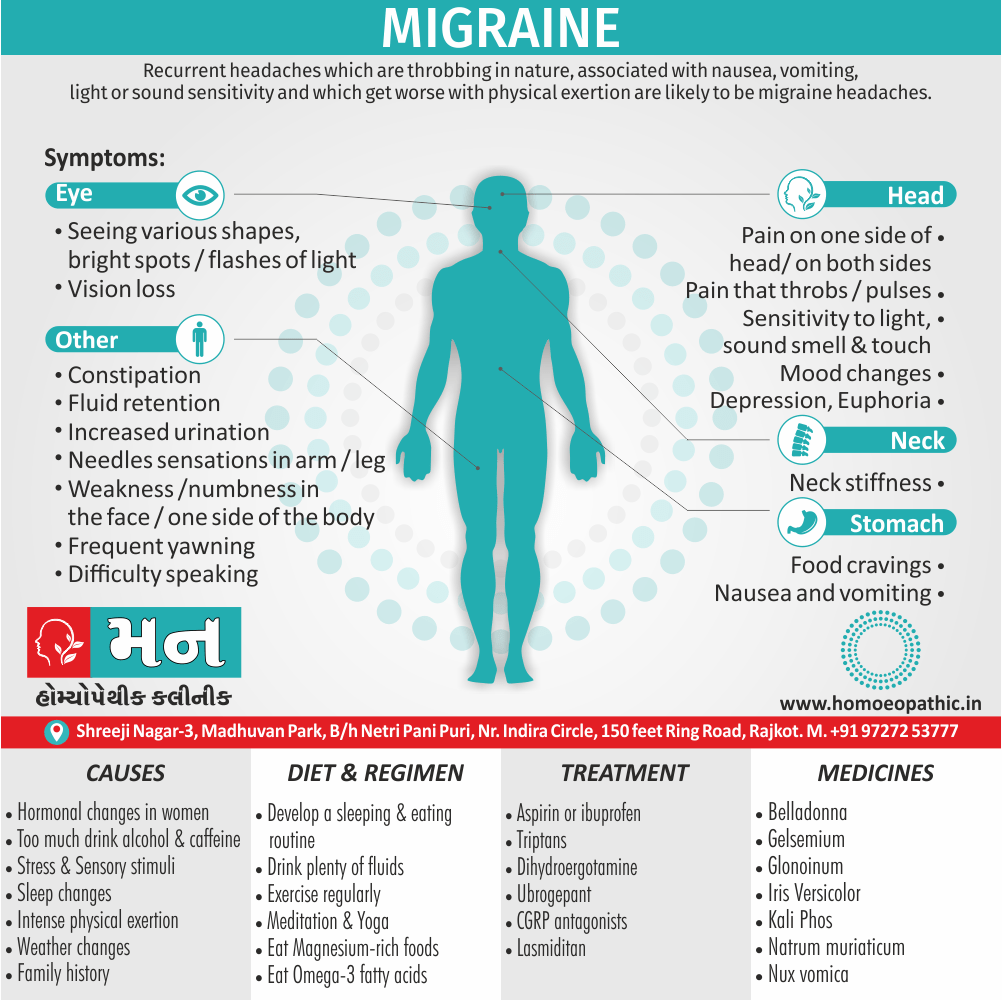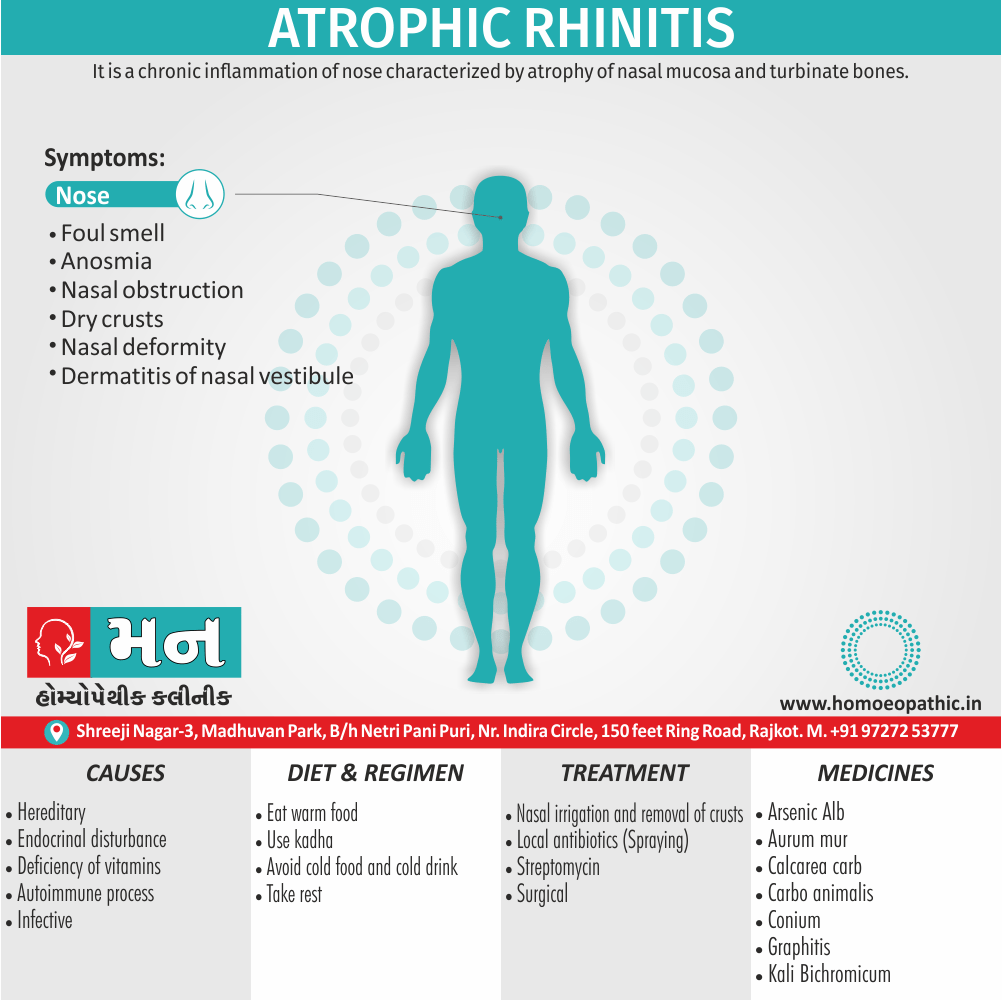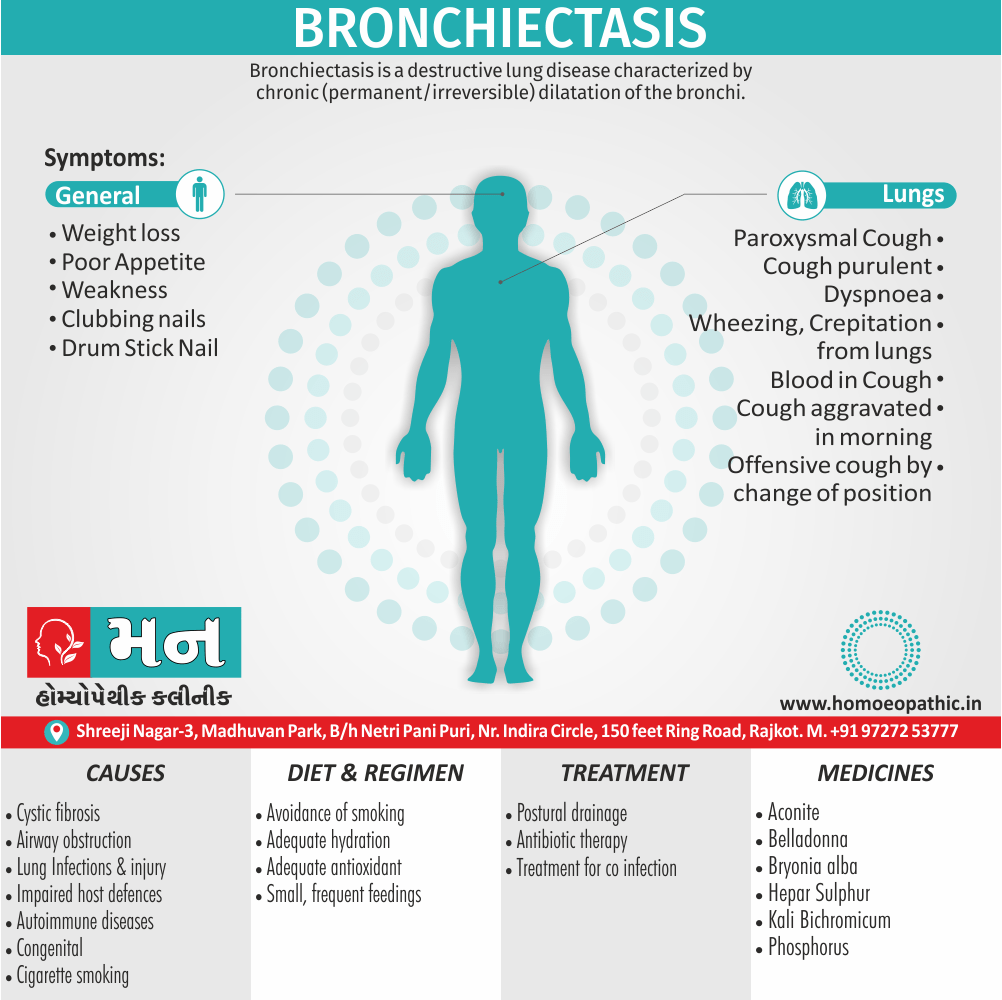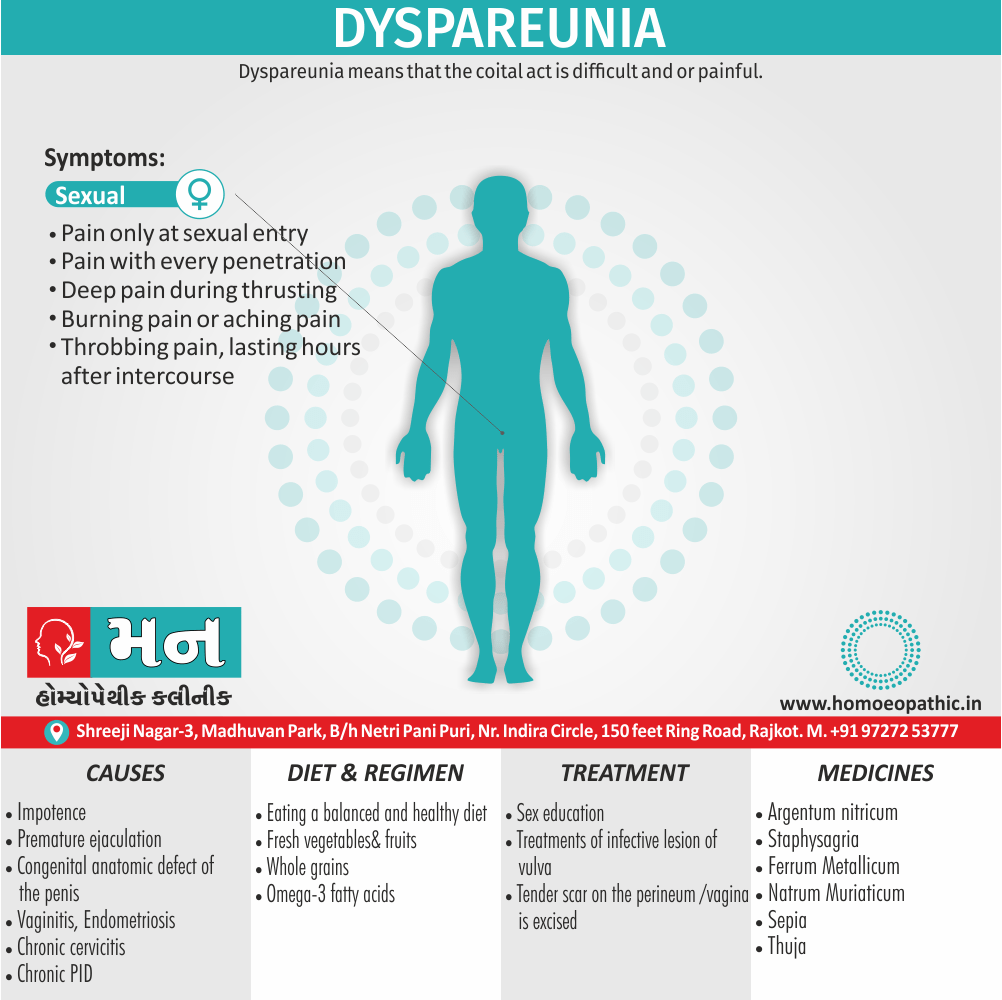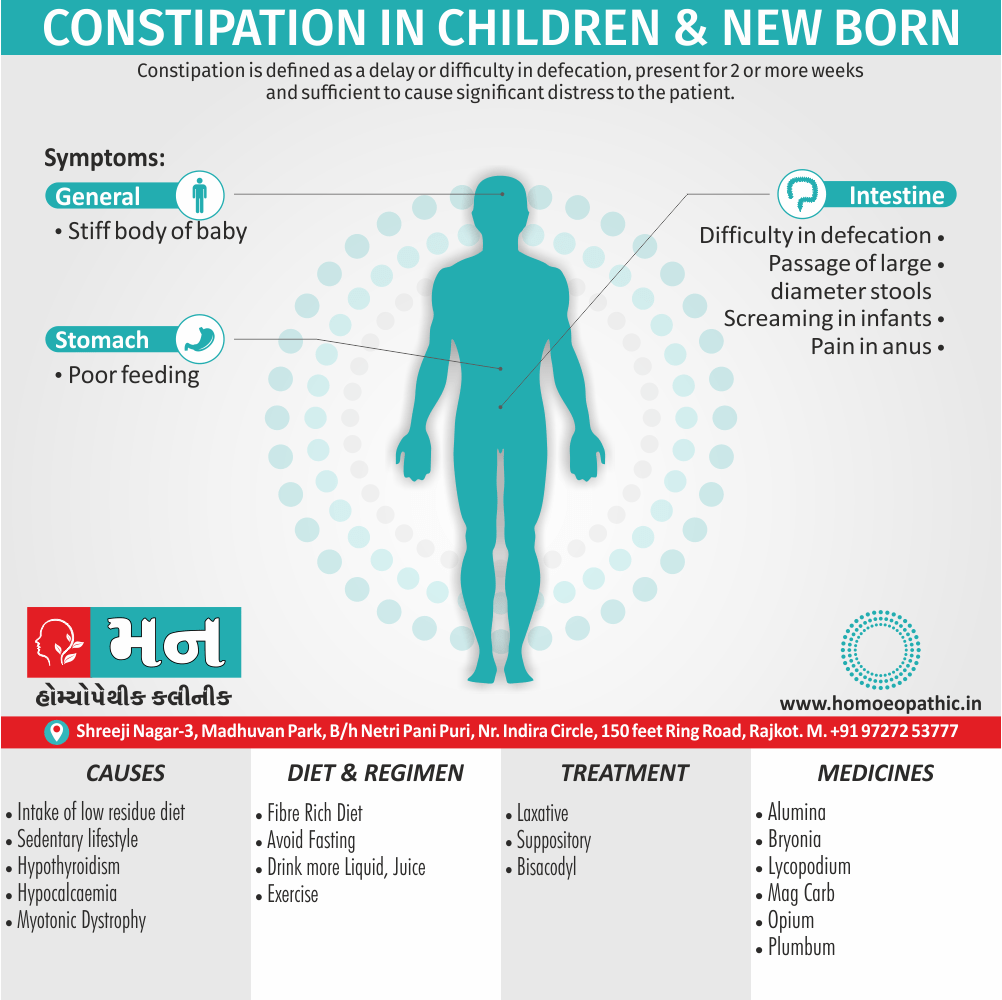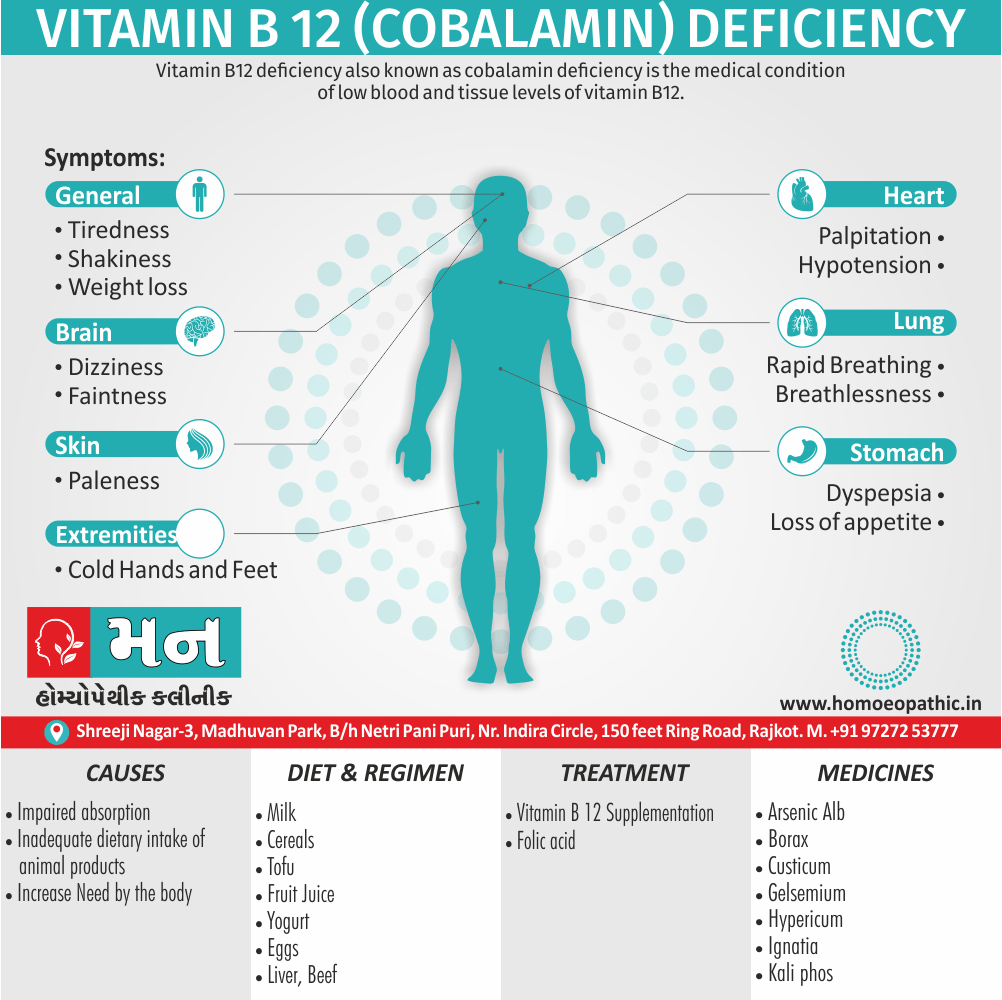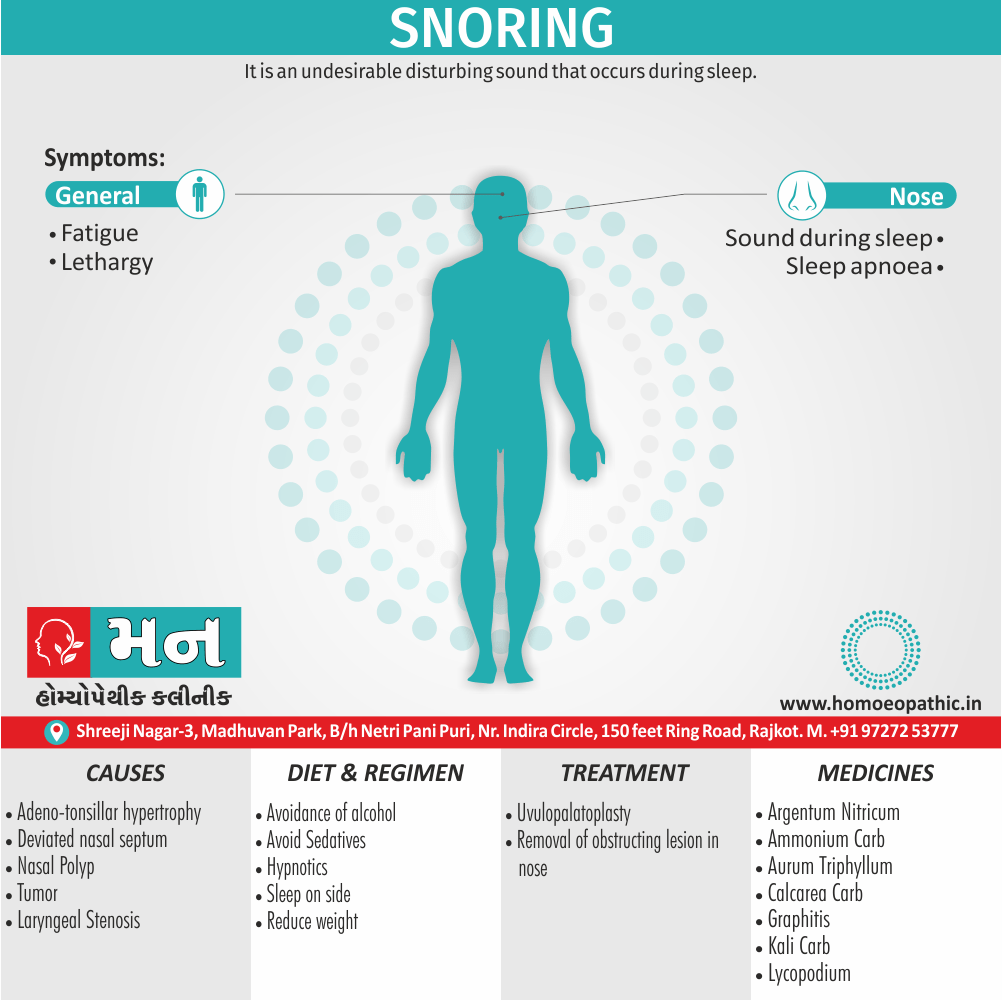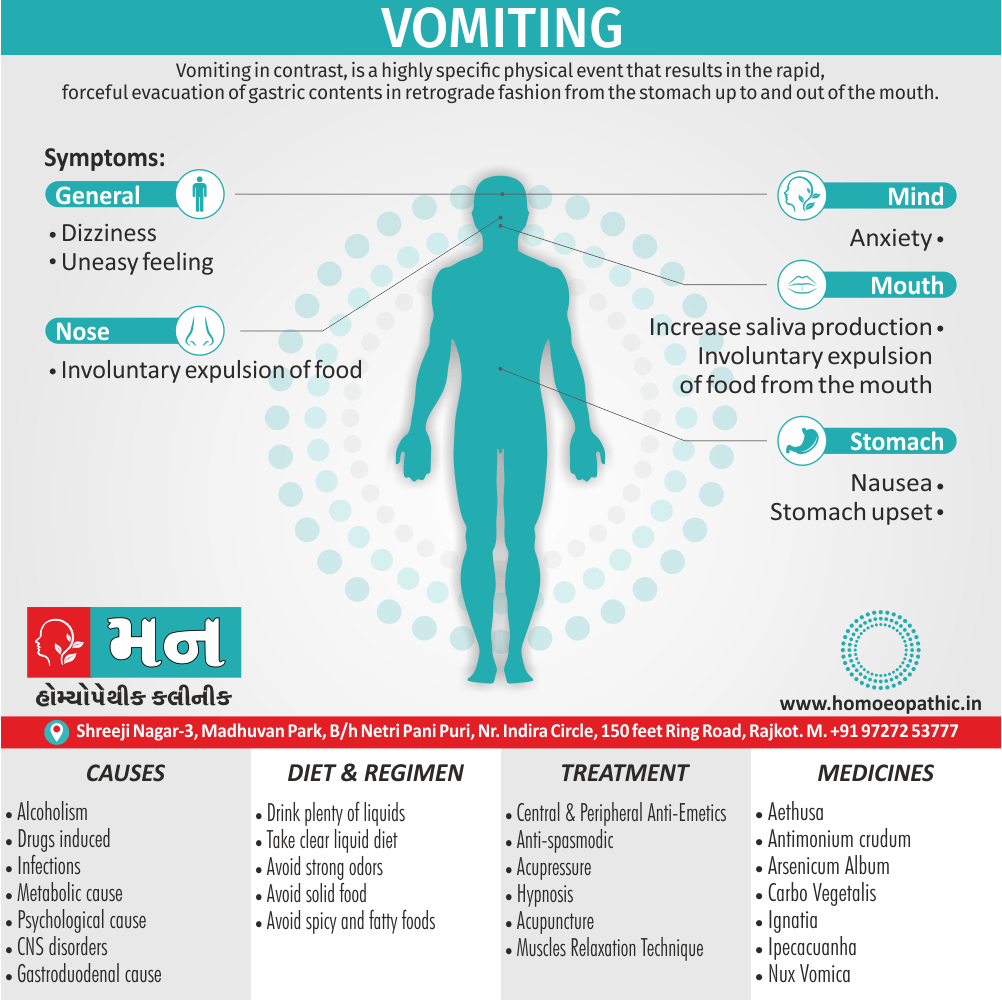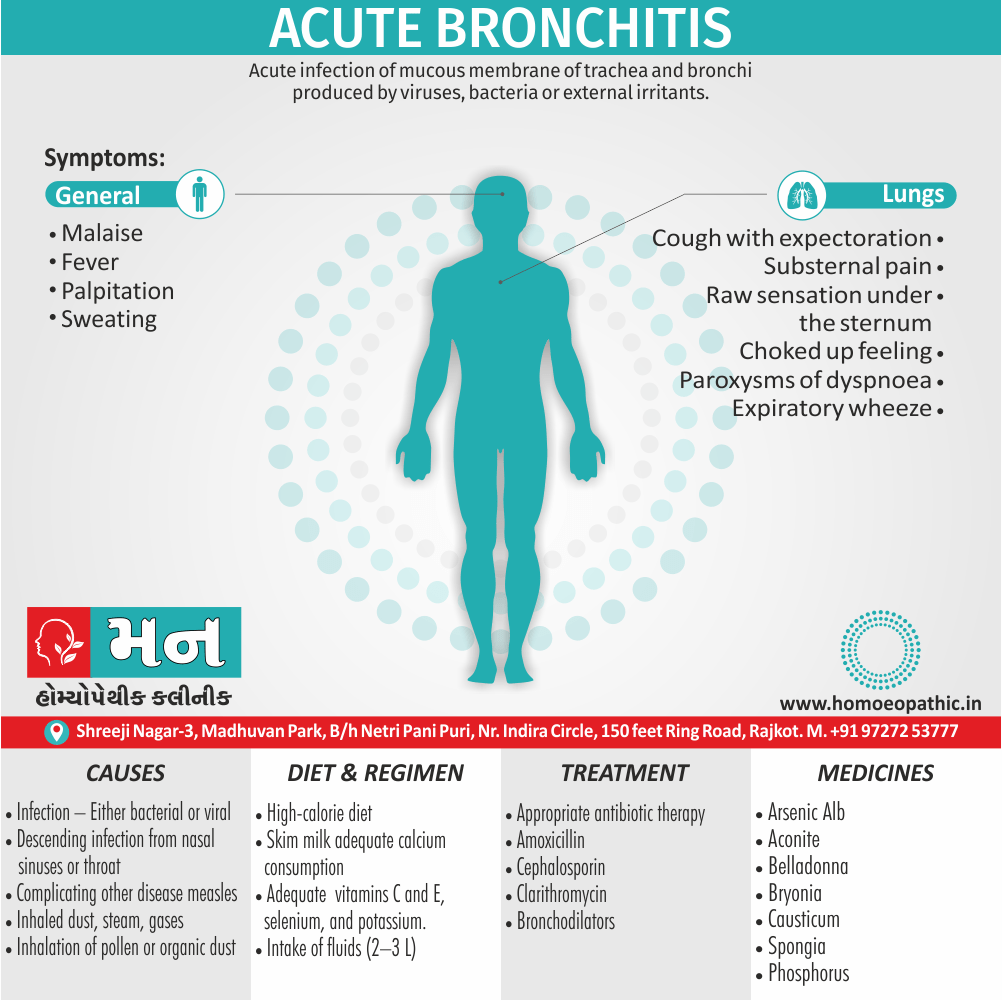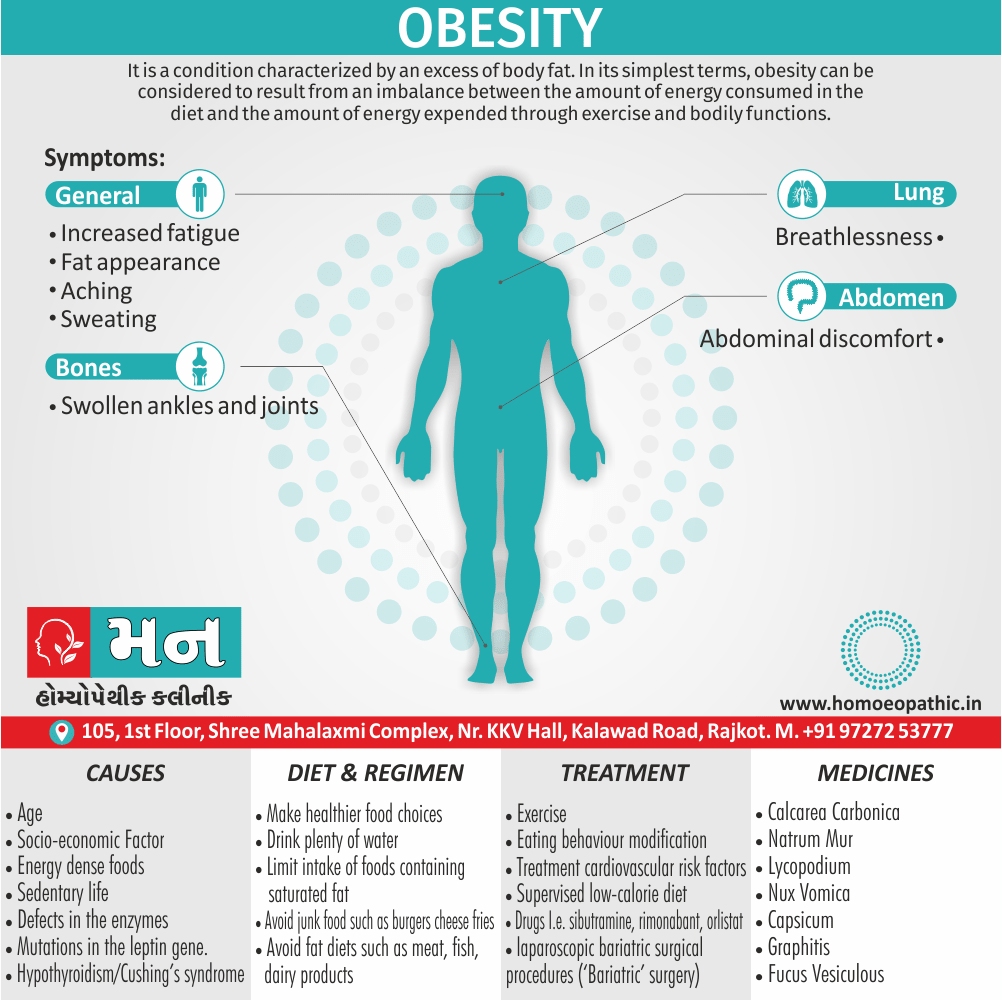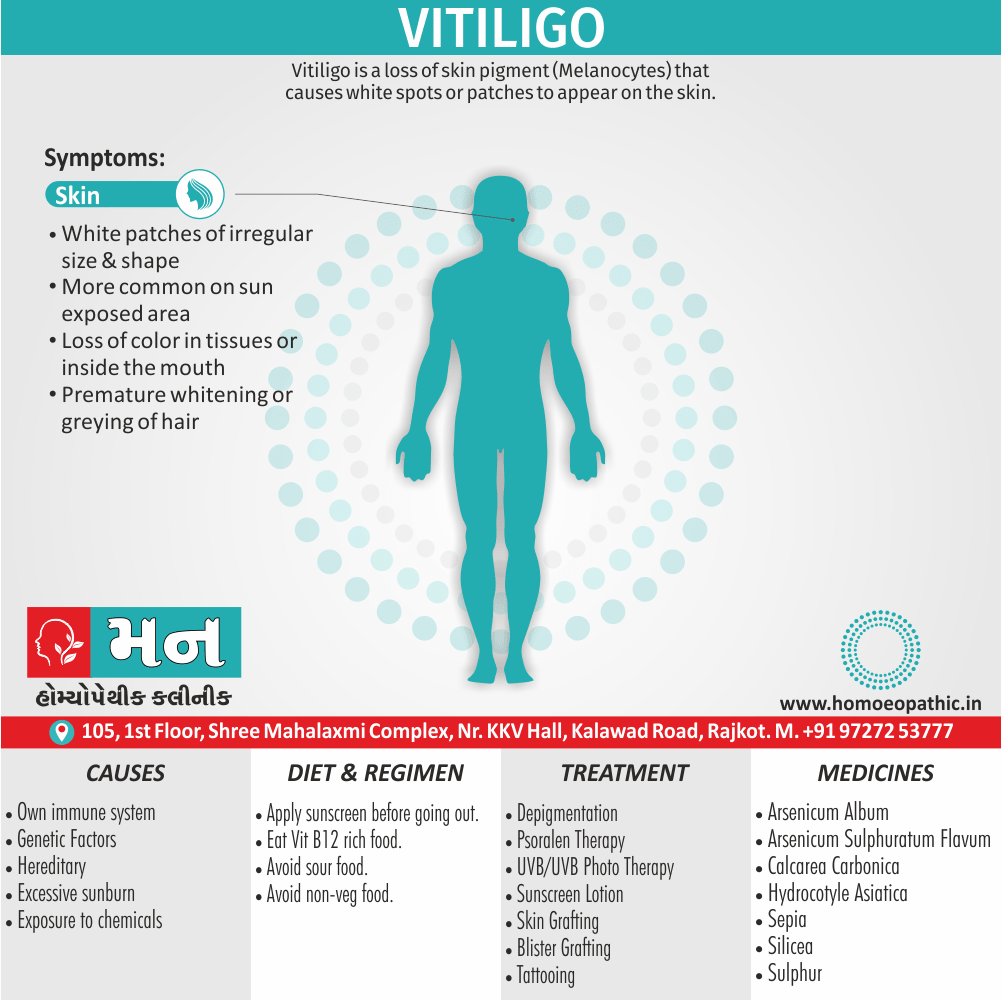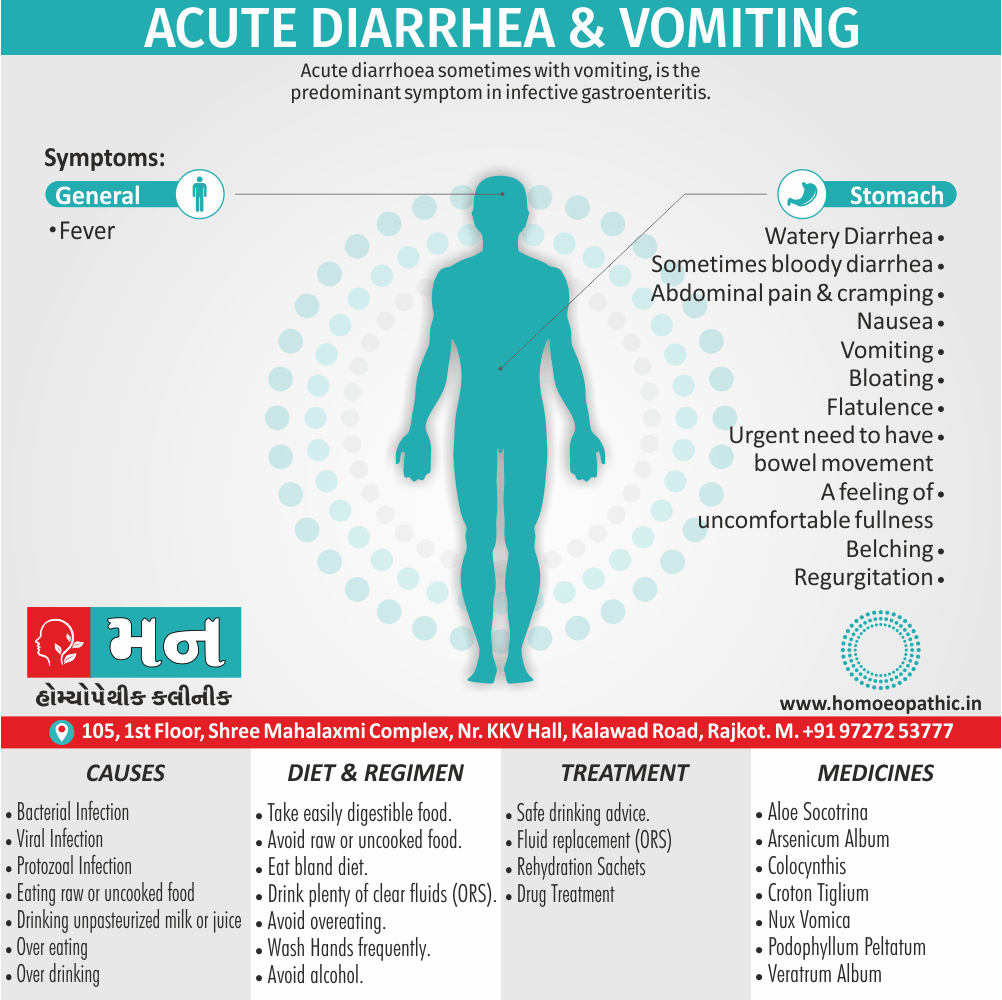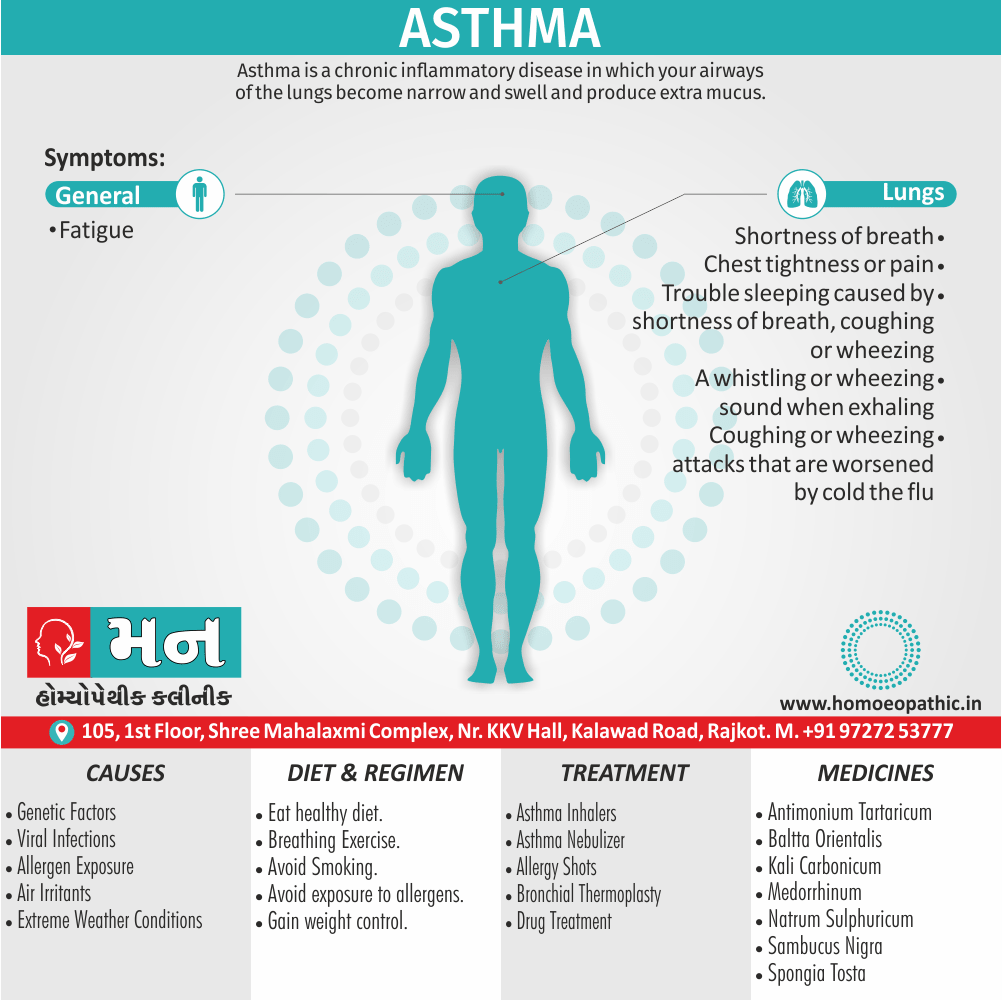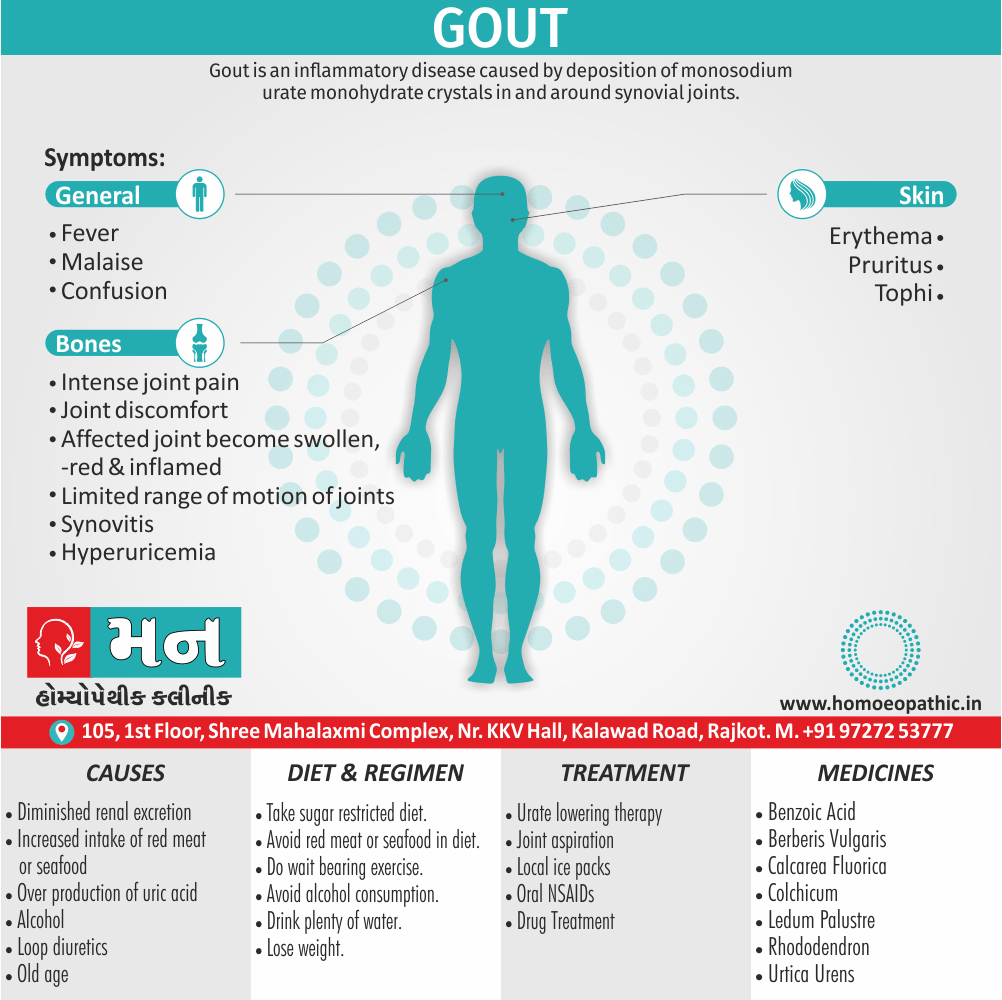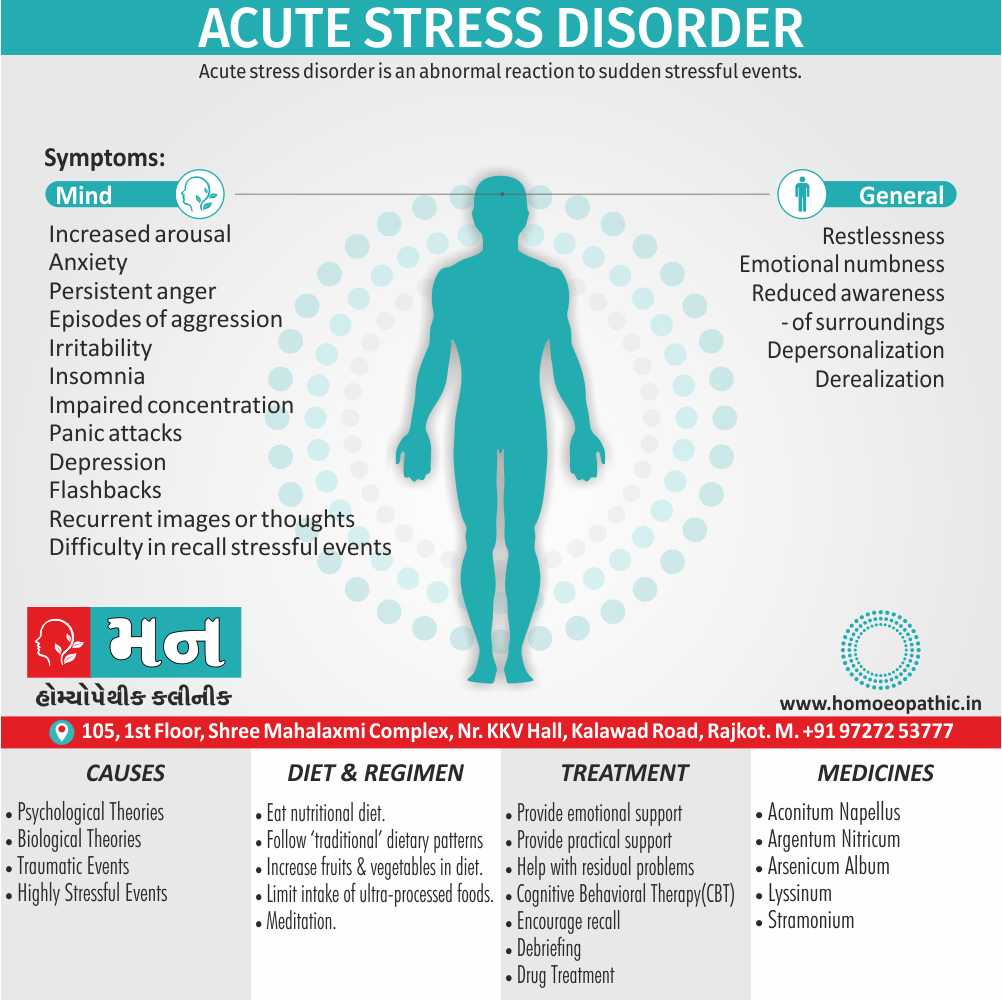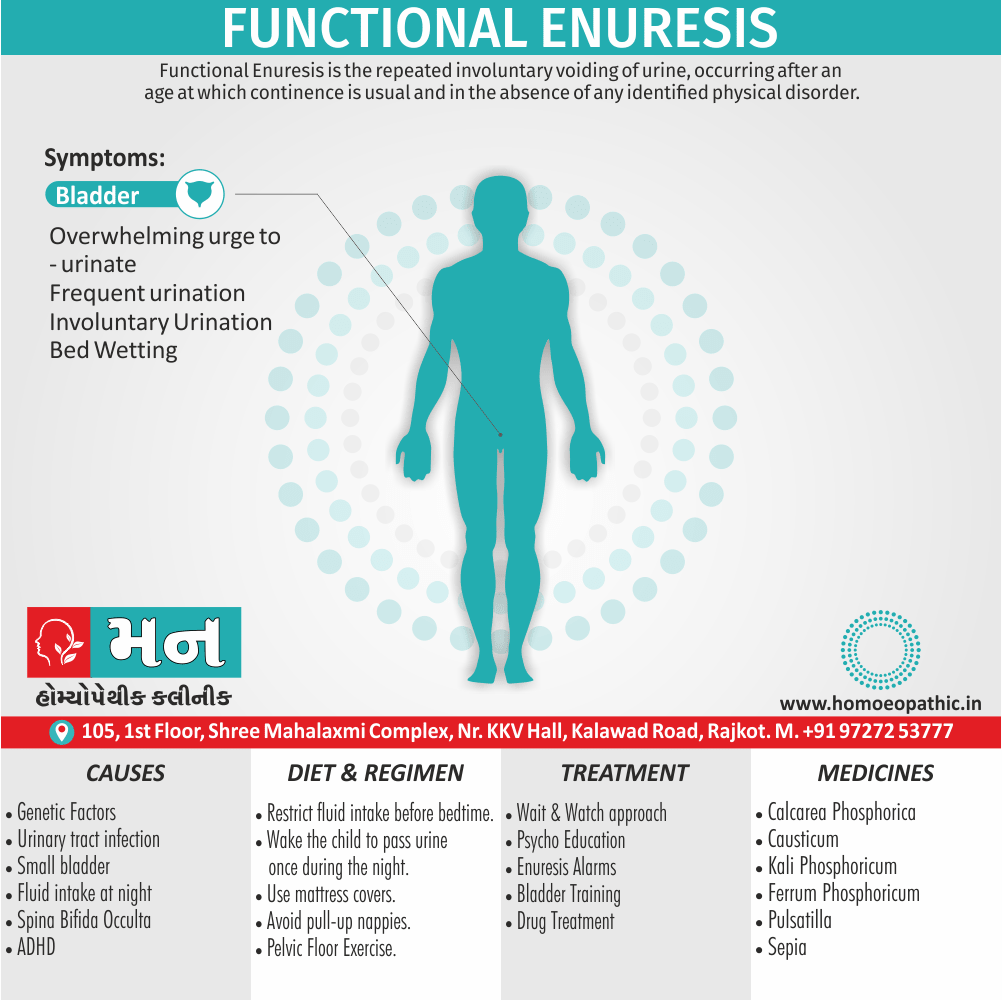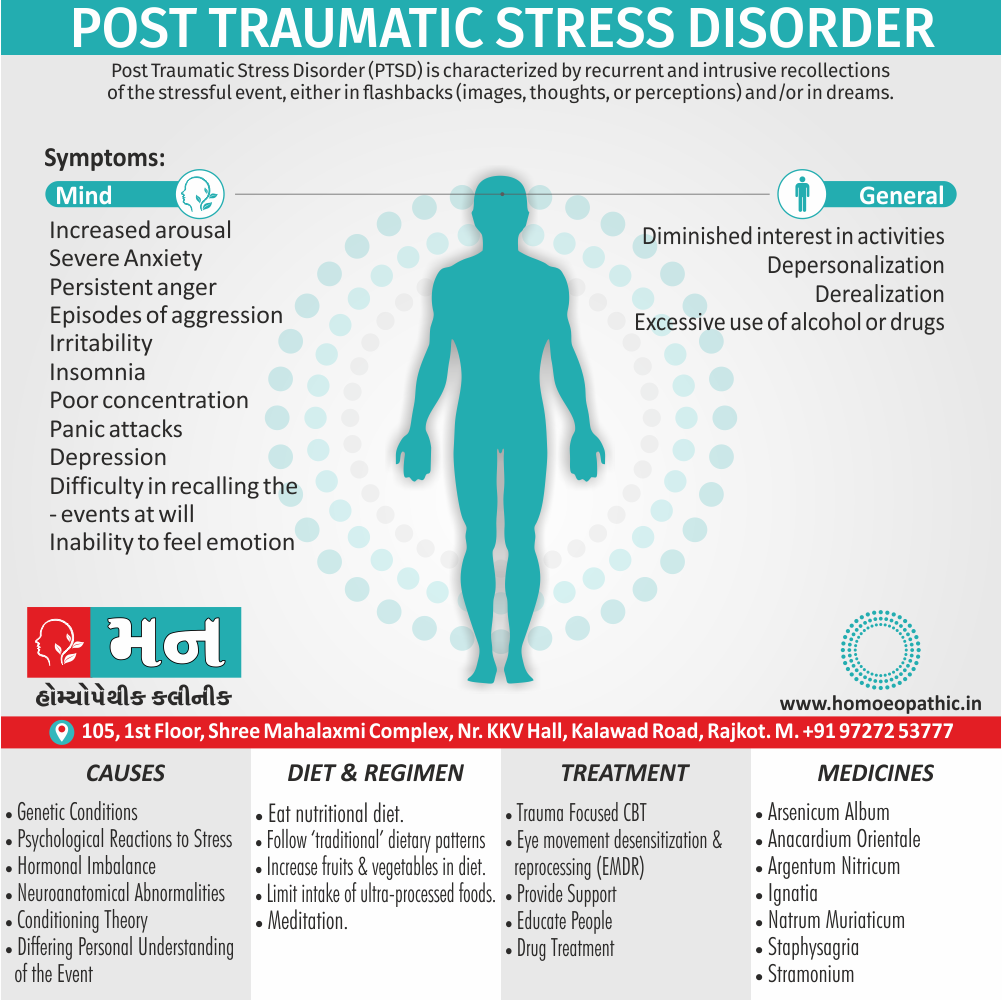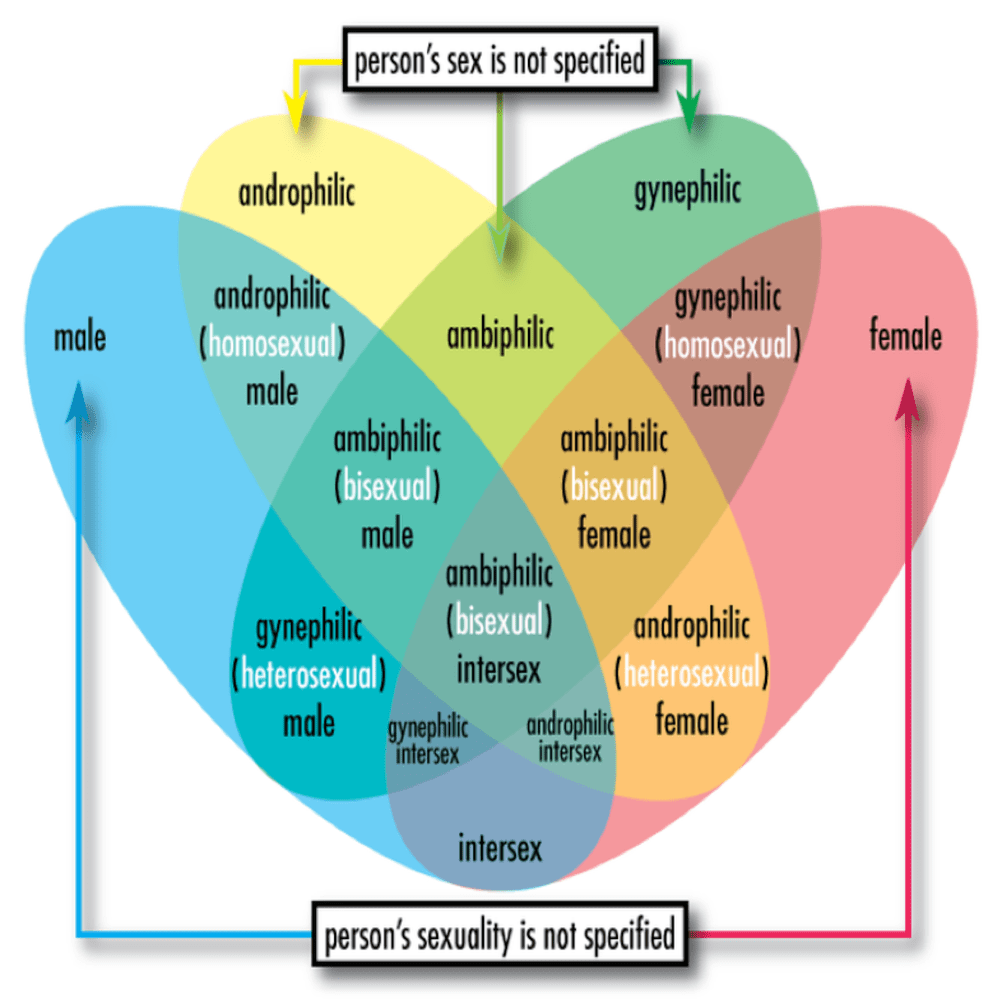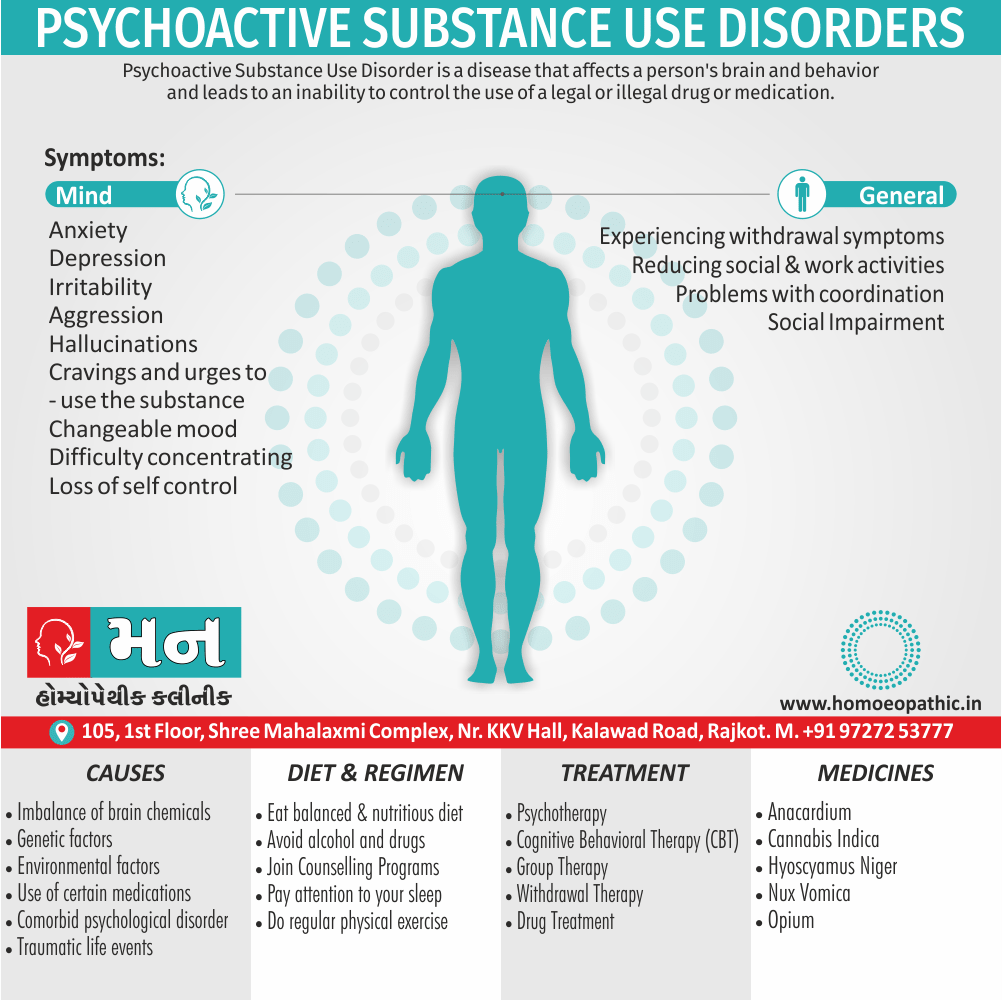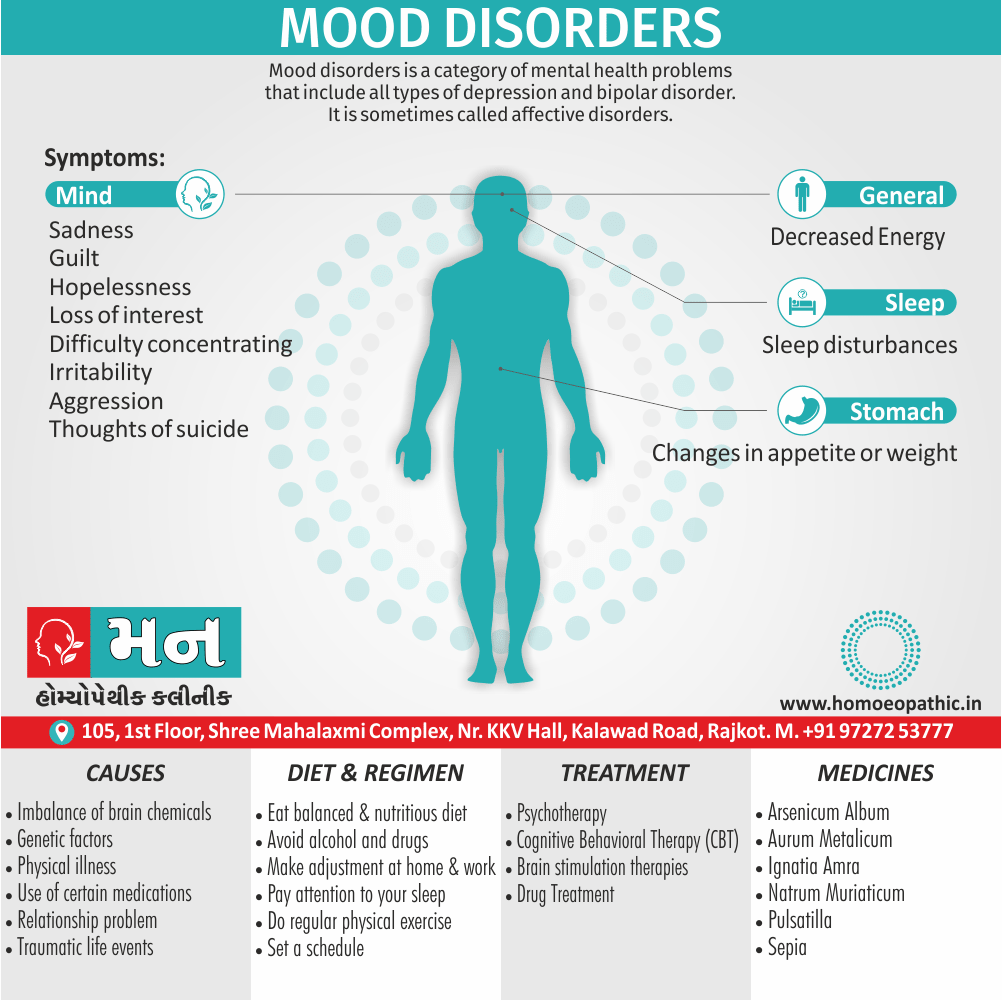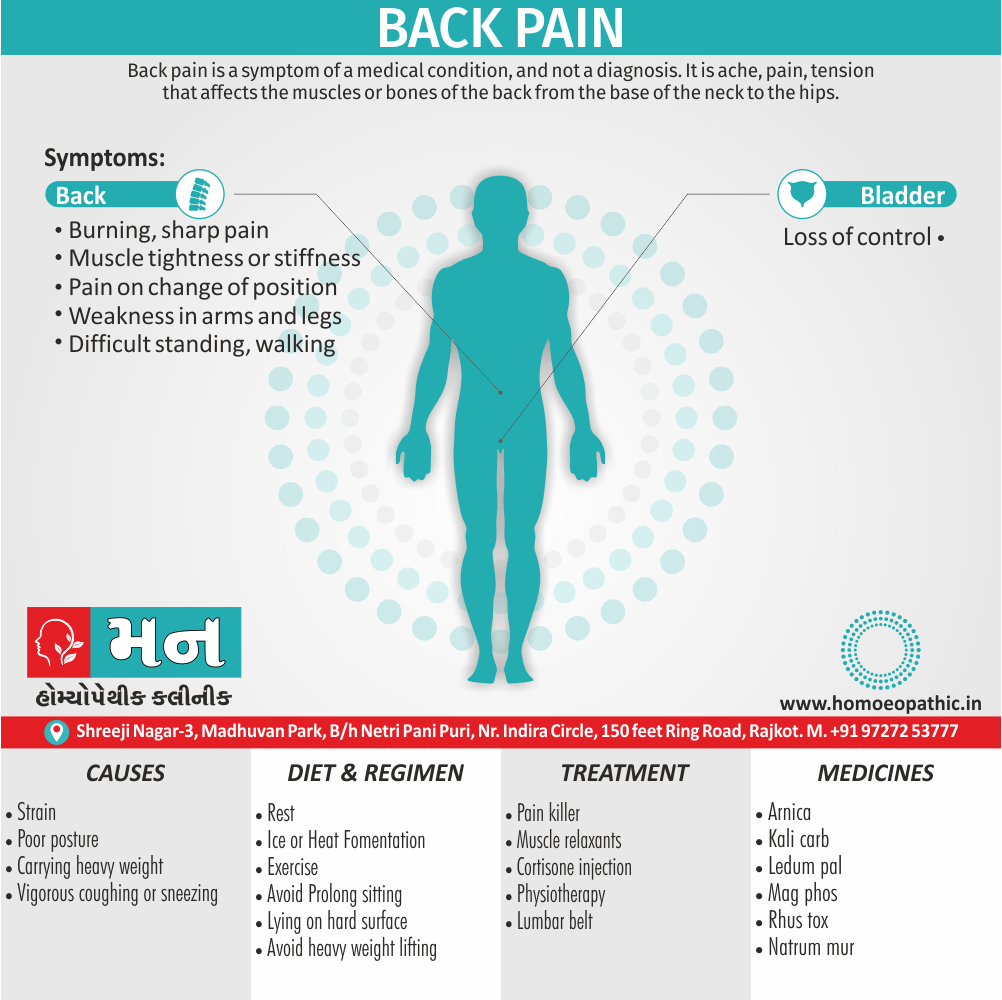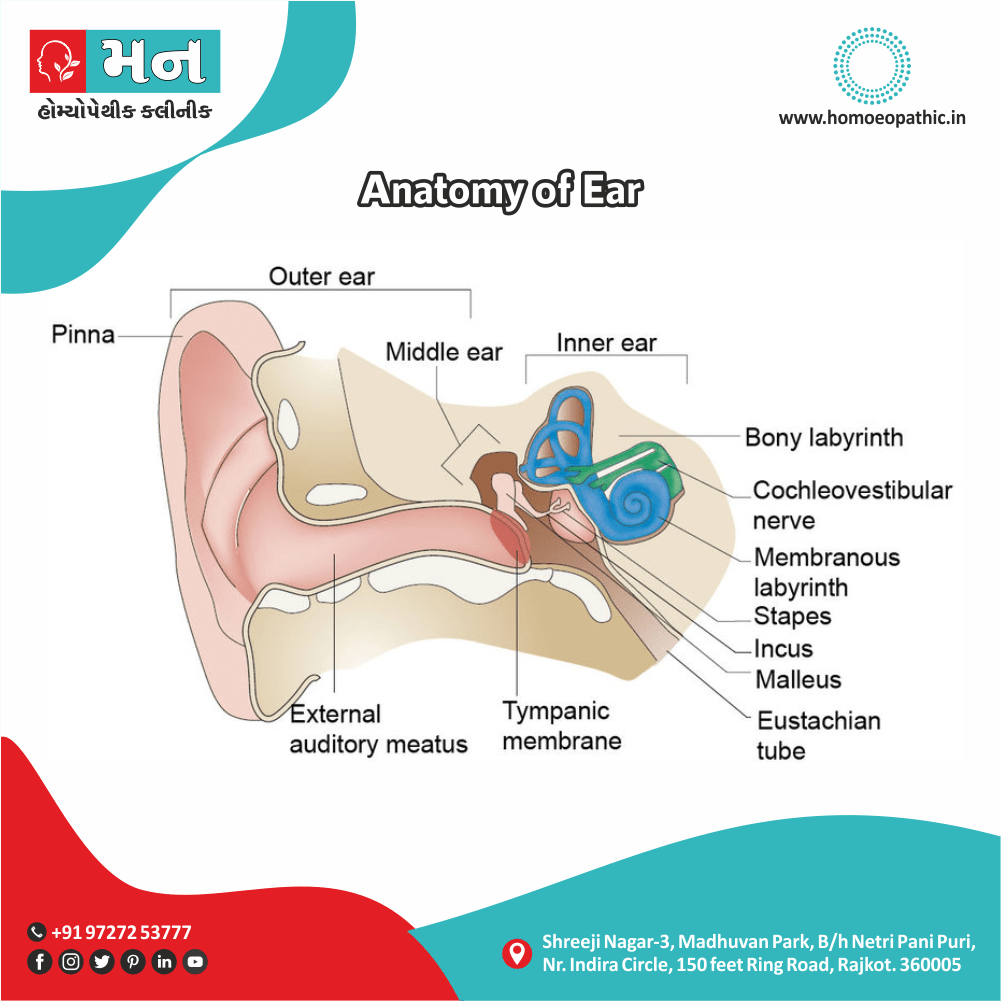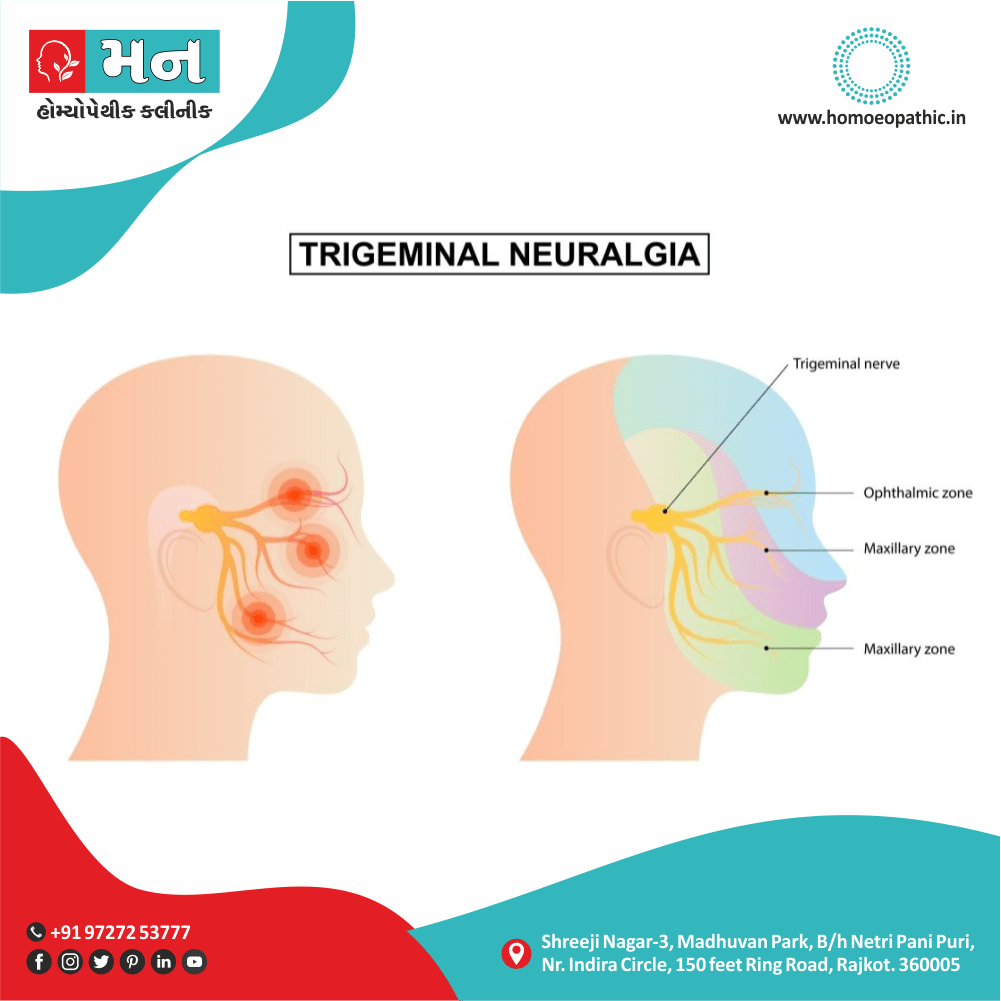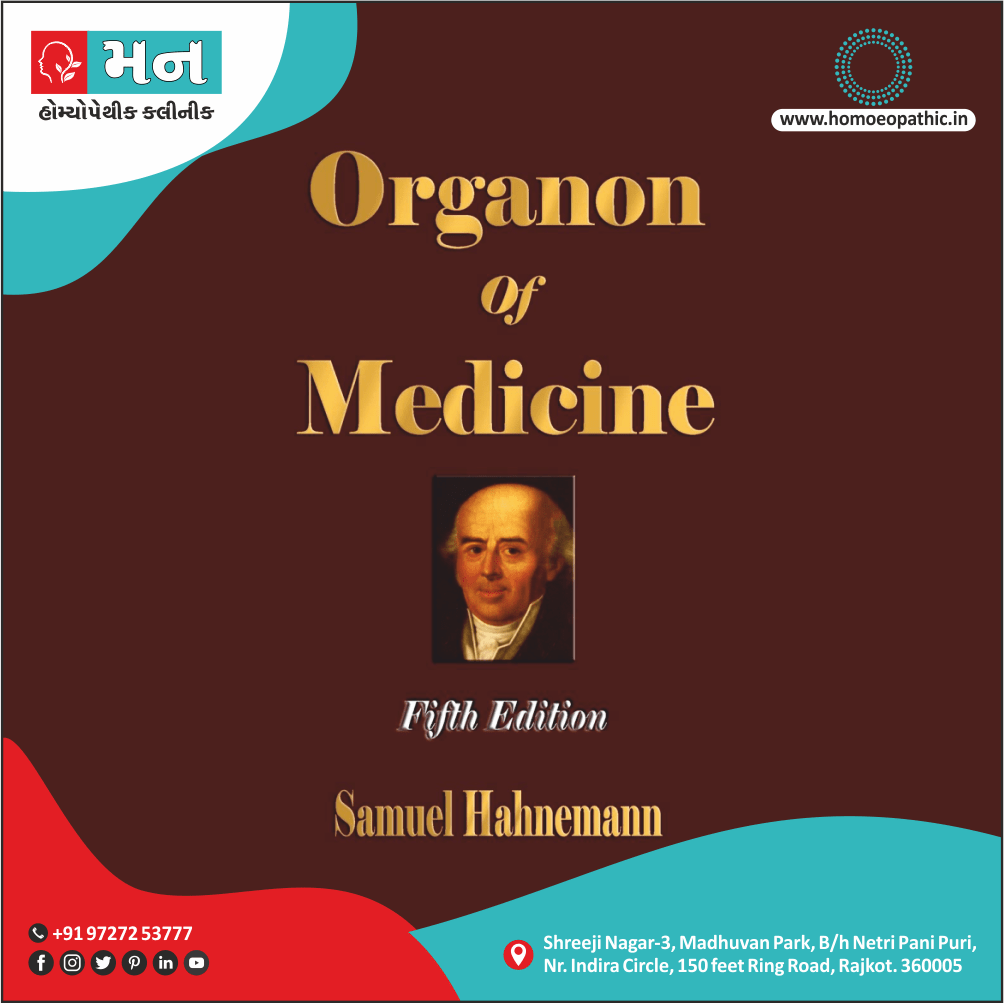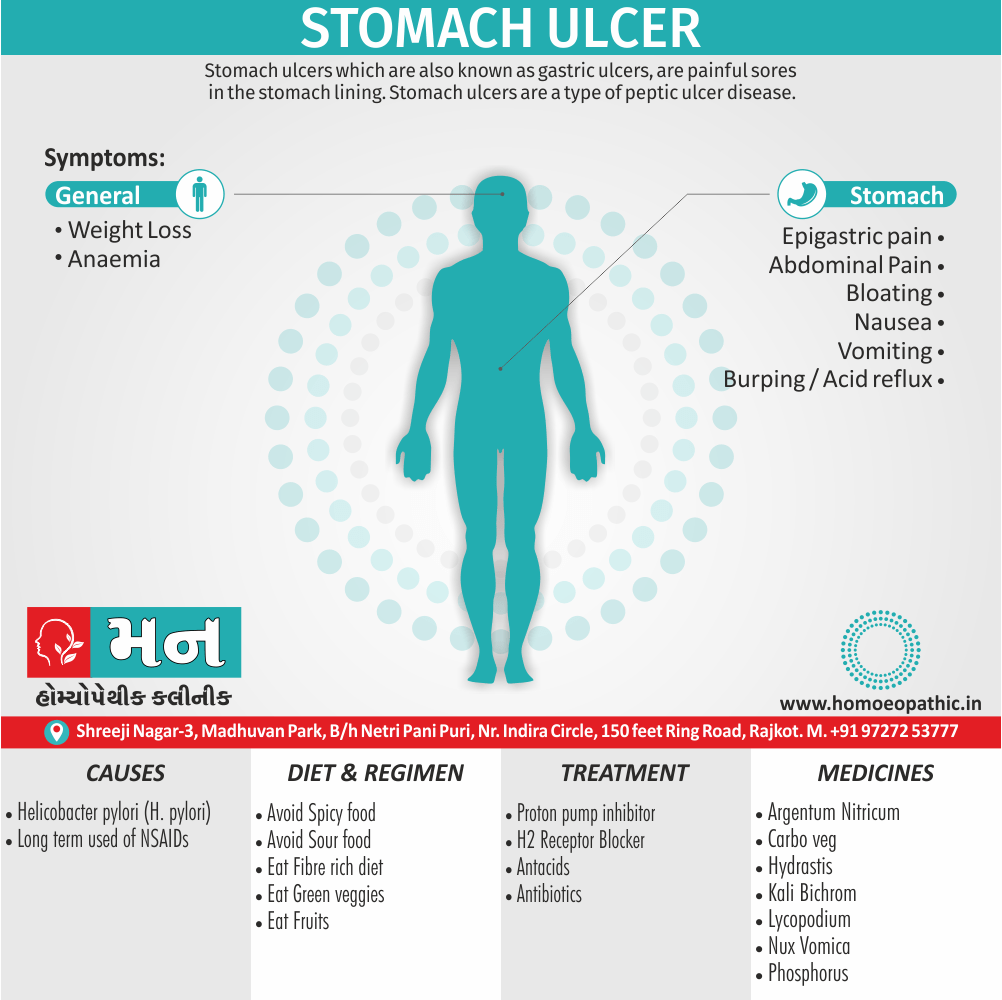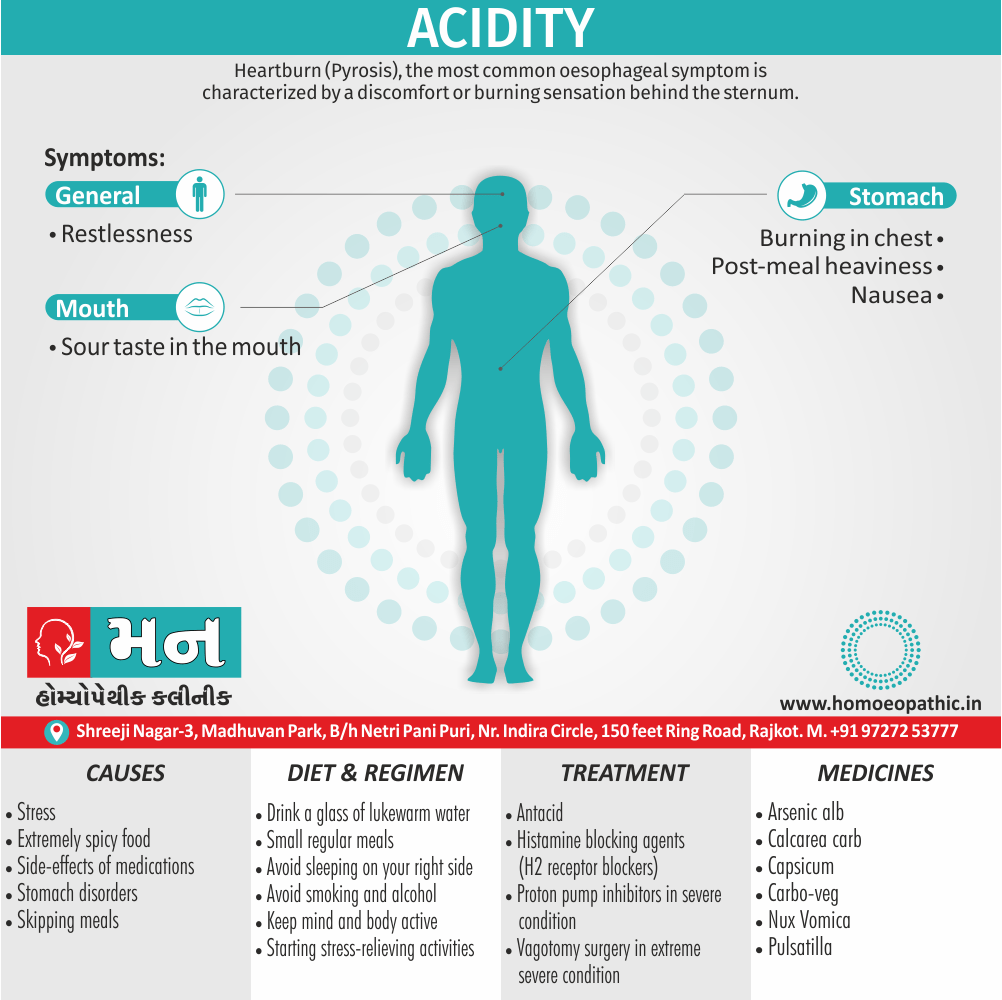Parkinson’s Disease
Definition:
Parkinson’s disease (PD) is the second commonest neurodegenerative disease.[1]
Generally, PD affects people of all genders of all races, all occupations, and all countries. Additionally, The mean age of onset is about 60 years. The frequency of PD increases with aging, but cases can be seen in patients in their 20s and even younger.
Most PD cases occur sporadically (~85–90%) and are of unknown cause. Twin studies suggest that environmental factors likely play an important role in patients older than 50 years, with genetic factors being more important in younger patients. Epidemiologic studies also suggest increased risk with exposure to pesticides, rural living, and drinking well water and reduced risk with cigarette smoking and caffeine. However, no environmental factor has yet been proven to cause typical PD.
Viral infections – Post-encephalitic Parkinsonism[1]
The hallmark of Parkinson’s disease is degeneration of melanin-containing dopaminergic neurons of the substantia nigra and typical neuronal inclusions known as Lewy bodies. In detail, The dopamine in the basal ganglia participates in a complex circuit of both excitatory and inhibitory pathways. These pathways are part of a loop that connects the cortex to the thalamus via the basal ganglia also back to the frontal cortex. Besides this, This loop serves to modulate the motor system. Lastly, Parkinsonism is a common clinical presentation of different kinds of injuries to the substantia nigra.[1]
Tremor –
may be first symptom; usually starts in one upper limb; characteristically tremor at rest and described as ‘pill rolling’. Head may be involved. Additionally, Tremors disappear during sleep.
Rigidity –
Plastic or lead pipe, i.e. present to equal extent in opposing muscle groups and if a limb is passively moved the rigidity gives way with a series of slight jerks, or ‘cog wheel’ type, if combined with tremor.
Bradykinesia
– is the cardinal feature of IPD.
– Mask-like facies – with staring eyes.
– Infrequent blinking.
– Impaired ocular convergence.
– Slow also monotonous speech.
– Micrographia.
– Reduced swinging of arms while walking.
– Festinant gait
Other features
Postural disturbance i.e.
– Difficulty in rising from chairs
or rolling over in bed, stooped posture. Disturbance of balance may be seen in the ‘pull’ test, performed by standing behind the patient and pulling back on the shoulders. Instead of moving the arms forward and swaying the trunk, parkinsonian patient may take steps backwards (retropulsion) or even fall back into the examiner’s arms, without any attempt to maintain balance.
Gait disturbance i.e.
– Reduced or absent swinging of one arm while walking is an early sign of Parkinson’s disease. In more advanced cases neither arm may swing; at this stage, the stride length shortens, the trunk appears stiff and the whole body moves in one mass when the patient turns (turning en block). In further advanced disease, patients may appear to ‘freeze’, their feet seem stuck to the floor, or they may take small steps on the floor, often rising on the toes and leaning forwards. A diagnostically important point is that gait in Parkinson’s disease has a narrow base, regardless of how advanced the disease.
Pain i.e.
–Deep cramping sensations may be a primary symptom or secondary to levodopa.
Mental disturbances – (a) Anxiety. (b) Depression. (c) Dementia may be caused by a syndrome similar to Alzheimer’s disease, frontal lobe dementia with a prominent lack of motivation, or a pattern with hallucinations in absence of medication. Postural hypotension – can be caused by antiparkinsonian drugs. It should be considered in any patient who is falling or complains of lack of energy while walking.[1]
Dyskinesia i.e.
– in the form of writing, swinging movements of limbs and trunks are typically caused by excessive levodopa, but may occur with dopamine agonists.
(a) MRI usually normal. In some cases, accumulation in substantia nigra may be visualized as T2 hypersensitivity.
(b) PET – Reduced uptake in putamen. (c) SPECT – Decreased striatal metabolism
Essential tremor – Predominantly action tremor with symmetrical onset and response to alcohol. In detail, Positive family history may be present.
Multisystem atrophy (MSA) –
Progressive neurodegenerative disorder characterized clinically by combination of parkinsonism, autonomic, cerebellar or pyramidal symptoms and signs. In general patients respond poorly to levodopa or have transient response and provide an important clue to differentiate from idiopathic PD. Urinary Incontinence and orthostatic symptoms occurring in a Parkinsonian patient within one year history of motor syndromes suggests diagnosis of MSA with high accuracy and their absence suggests PD.
Drug-induced Parkinsonism –
Neuroleptics, metoclopramide, and calcium channel blockers. Rigidity prominent but there may also be tremor, oculogyric crises, buccolingual dyspraxia and retrocollis.
Vascular Parkinsonism (VaP) –
also known as lower body parkinsonism and characterized by stepwise progression, pyramidal deficits, dementia
Alzheimer’s disease –
Early, prominent dementia, particularly with dysphasia and dyspraxia. Progressive supranuclear palsy – Early falling, eye movement abnormalities. Hydrocephalus – Urinary incontinence, greater involvement of legs than arms, early dementia.[1]
The mainstay of antiparkinsonian therapy is dopamine replacement. This may be achieved either directly with levodopa or indirectly with dopamine agonists or other drugs that enhance dopaminergic transmission.
Plan of Treatment
Mild disease (Symptoms but no disability) –
(a) Selegiline from time of diagnosis. Levodopa-sparing effect of the drug delays need for levodopa therapy. When treatment becomes necessary, a dopamine agonist is added. Anticholinergics and amantadine may also be added to ward off the need for levodopa, or
(b) Levodopa 100 mg in combination with decarboxylase 25 mg t.d.s. or qds.
(c) Anticholinergic initial treatment in patients with tremor, particularly if young. With progress of the disease – Levodopa/decarboxylase inhibitor 600–800 mg, and bromocriptine 20 Mg (or Lisuride 2 mg) in 3 or 4 divided doses. Dose of levodopa and Dopamine agonists should be built up slowly.
Problems in drug treatment
Confusion and hallucinations. Levodopa is least likely to produce these complications. Anticholinergics, amantadine and selegiline should withdrawn. If these persist, dopamine agonists should minimize. If still hallucinations Nausea – Start with low doses, increased by one-half of a tablet every third day, tablet to be taken after food. Domperidone if nausea continues.
COMT inhibition i.e.
COMT inhibition (e.g. Tolcapone) is an excellent means of reducing motor fluctuations, however dyskinesias may become worse and should use with caution in these patients. persist, use Clozapine 12.5–50 mg/day. Quetiapine 25–50 mg/day. (WBC count should be monitored weekly). ECT is effective in treatment of antiparkinsonian drug-induce psychosis and improves the motor features of Parkinsonism.[1]
Postural hypotension results from a combination of the disease and the medication. If antiparkinsonian drugs cannot reduce, use fludrocortisone and midodrine.
Domperidone i.e.
Domperidone 20 mg t.d.s. sometimes reduces medication-induced hypotension. ‘On-off’ phenomenon – Late deterioration in response to L-dopa therapy may occur after 3-5 years in some patients due to loss of capacity to store dopamine (narrow therapeutic index of L-dopa). Generally, this manifests as fluctuations in response at different time of the day (on-off effect). More complex fluctuations may be in the form of hour-to-hour changes with short periods of hypokinesia, tremor and dystonia alternating with dyskinesia and agitation.
These patients should be treated with smaller more Frequent doses of levodopa (e.g. 50–100 mg q2-3h) or with addition of Selegiline (10 mg/day) to prolong and potentiate L-dopa doses.
Physiotherapy and Rehabilitation
In the form of massage and passive stretching of muscles; posture and gait training, speech therapy and occupational therapy.
Surgery
- Thalamotomy
- Deep Brain Stimulation
- Adrenal medullary foetal tissue transplantation [1]
Homeopathic medicines for Parkinson’s disease
Homeopathic medicines are individualized, selected based on the individual case history of the patient, by taking into consideration the cause like hormonal imbalance, nutritional factor, emotional stress, the nature of the patient, and other factors which may be acting as a maintaining cause in the hair loss.
Some of the commonly prescribe remedies are as follows.
AGARICUS MUSCARIS:
This fungus contains several toxic compounds, best known is Muscarin. Agaricus acts as an intoxicant to the brain, producing more vertigo and delirium than alcohol. Jerking twitching trembling and itching are strong indications. Sensation as if pierced. Loquacity, aversion to work, indifference, fearlessness. Weakness in loins. Uncertain gait. Trembling. Trembling. Paralysis of lower limbs, with spasmodic condition of arms.
Worse – open, cold air, especially after eating, after coitus, before a thunder storm. On other hand, Better – moving about slowly.[2]
CAPSICUM:
Manifests its action mainly in chronic rheumatic, arthritic and paralytic affections, indicated by tearing, drawing pains in the muscular and fibrous tissue, with deformities about the joints; progressive loss of muscular strength, tendinous contractors. Heaviness and weakness of extremities Unsteadiness of muscles of forearm and hand. Numbness, loss of sensation in hands. Contracted tendons. Unsteady walking and easy falling. Restless legs at night. Worse – dry, cold winds, specifically, in clear fine weather, motion of carriage. Whereas Better – damp, wet weather, warmth, heat of bed.
HYOSCYAMUS:
Disturbs the nervous system profoundly. It causes a perfect picture of mania of a quarrelsome character. Weakness and nervous agitation. Tremulous weakness and twitching of tendons. In detail, Muscular twitching, spasmodic affections, generally with delirium. Picking at bedclothes, plays with hands. Besides this, Reaches out for things. Spasms also convulsions. Great restlessness; every muscle twitches. Will not be covered. Very suspicious, talkative, obscene, lascivious mania, uncovers body; jealous, foolish. Great hilarity; inclined to laugh at everything. Low, muttering speech.
Worse – night during menses, after eating, when lying down. On the other hand, Better – stooping.
PLUMBUM:
Progressive muscular atrophy. Additionally, Paralysis of single muscles. Locomotor ataxia. Cannot raise or lift anything with the hand. Extension is difficult. Pains in muscles of thighs. Comes in paroxysms. Stinging and tearing in limbs, also twitching and tingling, numbness, pain or tremor. Loss of patellar reflex. Depression. Fear of being assassinated. Quiet melancholy. Slow perception. Loss of memory. Great medicine for PD.
Worse – night, motion. On the other hand, Better – rubbing, hard pressure, physical exertion.[2]
MERCURIUS:
Tremors everywhere. Weakness with ebullitions and trembling from least exertion. Additionally, All memory symptoms are worse at night, from warmth of bed, from damp, cold, rainy weather, worse during perspiration. Complaints increase with sweat and rest; all associated with a great deal of weariness, prostration also trembling. Memory weakened and loss of will-power. Weary of life, mistrustful, thinks he is losing his reason. Weakness of limbs Oily perspiration. Trembling extremities, especially hands. Paralysis agitans.
Worse – night, wet, damp weather, lying on right side, warm room. Better – damp, wet weather, warmth, heat of bed.
PHOSPHORUS:
Irritates, inflames and degenerates mucus membranes also serous membranes, and inflames the spinal cord and nerves. Ascending sensory and motor paralysis from ends of fingers and toes. Weakness also trembling, from every exertion. Can scarcely hold anything with his hands. Arms and legs become numb. Joints suddenly give way. Oversensitive to external impressions – light, sound, odours, electrical changes, thunder storms. Loss of memory. Fidgety.
Worse – twilight, either warm food or drink, lying especially on left side, ascending stairs whereas Better – dark, lying on right side, cold food, open air, cold, sleep.
STRAMONIUM:
The entire force of this drug seems to be expended on the brain. Sensation as if limbs were separated from the body. Delirium tremens. Absence of pain and muscular mobility, especially muscles of expression and locomotion.
Rapid changes from joy to sadness. Convulsions of upper extremities and of isolated groups of muscles. Trembling, twitching of tendons. Besides this, Staggering gait.
Worse – in dark room, when alone, after sleep, on swallowing. On the other hand, Better – from company, warmth.
NOTE ALSO: CAUSTICUM, ALUMINA, AND ZINCUM METALLICUM.[2]
Diet & Regimen of PD
- Eat at least five servings of fruits and vegetables every day. Go for those with deep, bright Color.
- Choose whole grain bread instead of white bread and choose whole grain pasta and cereals.
- Limit your consumption of red meat, including beef, pork, lamb and goat and processed meats, such as bologna and hot dogs. Fish, skinless poultry, beans, and eggs are healthier sources of protein.[3]
- choose healthful fats, such as olive oil, nuts (e.g. Almonds, walnut, pecans), Avoid partially hydrogenated fats (Trans fats) which are in many fast foods and packaged foods.
- Avoid sugar- sweetened drinks, such as soda and many fruits juice. Eat sweets as an occasional treat.
- Cut down on salt. Choose foods low in sodium by reading also comparing food labels. Besides this ,Limit the use of canned, processed, and frozen foods.
- Watch portion sizes. Eat slowly and stop eating when you are full.[3]
Frequently Asked Questions
What is Parkinson’s Disease?
Parkinson’s disease (PD) is the second commonest neurodegenerative disease.
Homeopathic Medicines used by Homeopathic Doctors in treatment of Parkinson’s Disease?
- Agaricus Muscaris
- Capsicum
- Hyocyamus
- Plumbum
- Mercurius
- Stramonium
- Phosphorous
What causes Parkinson’s Disease?
- Environmental factors
- Genetic factors
- Pesticides
- Rural living
- Drinking well water
- Viral infections – Post-encephalitic Parkinsonism
What are the symptoms of Parkinson’s Disease?
- Tremor
- Rigidity
- Bradykinesia
- Mask-like facies – with staring eyes
- Infrequent blinking
- Impaired ocular convergence
- Slow and monotonous speech
- Micrographia
- Reduced swinging of arms while walking
- Festinant gait
[1] Text Book of Medicine Golwala
[2] Homoeopathic Body-System Prescribing – A Practical Workbook of Sector
[3]https://www.health.harvard.edu/mens-health/10-diet-and-exercise-tips-for-prostate-health]
Definition:
Definition:
Parkinson’s disease (PD) is the second commonest neurodegenerative disease.[1]
Overview
Epidemiology
Causes
Risk Factors
Pathogenesis
Pathophysiology
Types
Clinical Features
Sign & Symptoms
Clinical Examination
Diagnosis
Differential Diagnosis
Complications
Investigations
Treatment
Prevention
Homeopathic Treatment
Diet & Regimen
Do’s and Dont’s
Terminology
References
FAQ
Also Search As
Overview
Generally, PD affects people of all genders of all races, all occupations, and all countries. Additionally, The mean age of onset is about 60 years. The frequency of PD increases with aging, but cases can be seen in patients in their 20s and even younger.
Epidemiology
Indian epidemiology then other
Causes
Most PD cases occur sporadically (~85–90%) and are of unknown cause. Twin studies suggest that environmental factors likely play an important role in patients older than 50 years, with genetic factors being more important in younger patients. Epidemiologic studies also suggest increased risk with exposure to pesticides, rural living, and drinking well water and reduced risk with cigarette smoking and caffeine. However, no environmental factor has yet been proven to cause typical PD.
Viral infections – Post-encephalitic Parkinsonism[1]
Risk Factors
Risk factors are things that make you more likely to develop a disease in the first place.
Pathogenesis
Pathogenesis refers to the development of a disease. It’s the story of how a disease gets started and progresses.
This is the entire journey of a disease, encompassing the cause but going beyond it.
Pathophysiology
The hallmark of Parkinson’s disease is degeneration of melanin-containing dopaminergic neurons of the substantia nigra and typical neuronal inclusions known as Lewy bodies. In detail, The dopamine in the basal ganglia participates in a complex circuit of both excitatory and inhibitory pathways. These pathways are part of a loop that connects the cortex to the thalamus via the basal ganglia also back to the frontal cortex. Besides this, This loop serves to modulate the motor system. Lastly, Parkinsonism is a common clinical presentation of different kinds of injuries to the substantia nigra.[1]
Types
AAA
Clinical Features
Tab Content
Sign & Symptoms
Tremor –
may be first symptom; usually starts in one upper limb; characteristically tremor at rest and described as ‘pill rolling’. Head may be involved. Additionally, Tremors disappear during sleep.
Rigidity –
Plastic or lead pipe, i.e. present to equal extent in opposing muscle groups and if a limb is passively moved the rigidity gives way with a series of slight jerks, or ‘cog wheel’ type, if combined with tremor.
Bradykinesia
– is the cardinal feature of IPD.
– Mask-like facies – with staring eyes.
– Infrequent blinking.
– Impaired ocular convergence.
– Slow also monotonous speech.
– Micrographia.
– Reduced swinging of arms while walking.
– Festinant gait
Other features
Postural disturbance i.e.
– Difficulty in rising from chairs
or rolling over in bed, stooped posture. Disturbance of balance may be seen in the ‘pull’ test, performed by standing behind the patient and pulling back on the shoulders. Instead of moving the arms forward and swaying the trunk, parkinsonian patient may take steps backwards (retropulsion) or even fall back into the examiner’s arms, without any attempt to maintain balance.
Gait disturbance i.e.
– Reduced or absent swinging of one arm while walking is an early sign of Parkinson’s disease. In more advanced cases neither arm may swing; at this stage, the stride length shortens, the trunk appears stiff and the whole body moves in one mass when the patient turns (turning en block). In further advanced disease, patients may appear to ‘freeze’, their feet seem stuck to the floor, or they may take small steps on the floor, often rising on the toes and leaning forwards. A diagnostically important point is that gait in Parkinson’s disease has a narrow base, regardless of how advanced the disease.
Pain i.e.
–Deep cramping sensations may be a primary symptom or secondary to levodopa.
Mental disturbances – (a) Anxiety. (b) Depression. (c) Dementia may be caused by a syndrome similar to Alzheimer’s disease, frontal lobe dementia with a prominent lack of motivation, or a pattern with hallucinations in absence of medication. Postural hypotension – can be caused by antiparkinsonian drugs. It should be considered in any patient who is falling or complains of lack of energy while walking.[1]
Dyskinesia i.e.
– in the form of writing, swinging movements of limbs and trunks are typically caused by excessive levodopa, but may occur with dopamine agonists.
Clinical Examination
Tab Content
Diagnosis
Tab Content
Differential Diagnosis
Essential tremor – Predominantly action tremor with symmetrical onset and response to alcohol. In detail, Positive family history may be present.
Multisystem atrophy (MSA) –
Progressive neurodegenerative disorder characterized clinically by combination of parkinsonism, autonomic, cerebellar or pyramidal symptoms and signs. In general patients respond poorly to levodopa or have transient response and provide an important clue to differentiate from idiopathic PD. Urinary Incontinence and orthostatic symptoms occurring in a Parkinsonian patient within one year history of motor syndromes suggests diagnosis of MSA with high accuracy and their absence suggests PD.
Drug-induced Parkinsonism –
Neuroleptics, metoclopramide, and calcium channel blockers. Rigidity prominent but there may also be tremor, oculogyric crises, buccolingual dyspraxia and retrocollis.
Vascular Parkinsonism (VaP) –
also known as lower body parkinsonism and characterized by stepwise progression, pyramidal deficits, dementia
Alzheimer’s disease –
Early, prominent dementia, particularly with dysphasia and dyspraxia. Progressive supranuclear palsy – Early falling, eye movement abnormalities. Hydrocephalus – Urinary incontinence, greater involvement of legs than arms, early dementia.[1]
Complications
Complications are what happen after you have a disease. They are the negative consequences of the disease process.
Investigations
(a) MRI usually normal. In some cases, accumulation in substantia nigra may be visualized as T2 hypersensitivity.
(b) PET – Reduced uptake in putamen. (c) SPECT – Decreased striatal metabolism
Treatment
The mainstay of antiparkinsonian therapy is dopamine replacement. This may be achieved either directly with levodopa or indirectly with dopamine agonists or other drugs that enhance dopaminergic transmission.
Plan of Treatment
Mild disease (Symptoms but no disability) –
(a) Selegiline from time of diagnosis. Levodopa-sparing effect of the drug delays need for levodopa therapy. When treatment becomes necessary, a dopamine agonist is added. Anticholinergics and amantadine may also be added to ward off the need for levodopa, or
(b) Levodopa 100 mg in combination with decarboxylase 25 mg t.d.s. or qds.
(c) Anticholinergic initial treatment in patients with tremor, particularly if young. With progress of the disease – Levodopa/decarboxylase inhibitor 600–800 mg, and bromocriptine 20 Mg (or Lisuride 2 mg) in 3 or 4 divided doses. Dose of levodopa and Dopamine agonists should be built up slowly.
Problems in drug treatment
Confusion and hallucinations. Levodopa is least likely to produce these complications. Anticholinergics, amantadine and selegiline should withdrawn. If these persist, dopamine agonists should minimize. If still hallucinations Nausea – Start with low doses, increased by one-half of a tablet every third day, tablet to be taken after food. Domperidone if nausea continues.
COMT inhibition i.e.
COMT inhibition (e.g. Tolcapone) is an excellent means of reducing motor fluctuations, however dyskinesias may become worse and should use with caution in these patients. persist, use Clozapine 12.5–50 mg/day. Quetiapine 25–50 mg/day. (WBC count should be monitored weekly). ECT is effective in treatment of antiparkinsonian drug-induce psychosis and improves the motor features of Parkinsonism.[1]
Postural hypotension results from a combination of the disease and the medication. If antiparkinsonian drugs cannot reduce, use fludrocortisone and midodrine.
Domperidone i.e.
Domperidone 20 mg t.d.s. sometimes reduces medication-induced hypotension. ‘On-off’ phenomenon – Late deterioration in response to L-dopa therapy may occur after 3-5 years in some patients due to loss of capacity to store dopamine (narrow therapeutic index of L-dopa). Generally, this manifests as fluctuations in response at different time of the day (on-off effect). More complex fluctuations may be in the form of hour-to-hour changes with short periods of hypokinesia, tremor and dystonia alternating with dyskinesia and agitation.
These patients should be treated with smaller more Frequent doses of levodopa (e.g. 50–100 mg q2-3h) or with addition of Selegiline (10 mg/day) to prolong and potentiate L-dopa doses.
Physiotherapy and Rehabilitation
In the form of massage and passive stretching of muscles; posture and gait training, speech therapy and occupational therapy.
Surgery
- Thalamotomy
- Deep Brain Stimulation
- Adrenal medullary foetal tissue transplantation [1]
Prevention
Tab Content
Homeopathic Treatment
Homeopathic medicines for Parkinson’s disease
Homeopathic medicines are individualized, selected based on the individual case history of the patient, by taking into consideration the cause like hormonal imbalance, nutritional factor, emotional stress, the nature of the patient, and other factors which may be acting as a maintaining cause in the hair loss.
Some of the commonly prescribe remedies are as follows.
AGARICUS MUSCARIS:
This fungus contains several toxic compounds, best known is Muscarin. Agaricus acts as an intoxicant to the brain, producing more vertigo and delirium than alcohol. Jerking twitching trembling and itching are strong indications. Sensation as if pierced. Loquacity, aversion to work, indifference, fearlessness. Weakness in loins. Uncertain gait. Trembling. Trembling. Paralysis of lower limbs, with spasmodic condition of arms.
Worse – open, cold air, especially after eating, after coitus, before a thunder storm. On other hand, Better – moving about slowly.[2]
CAPSICUM:
Manifests its action mainly in chronic rheumatic, arthritic and paralytic affections, indicated by tearing, drawing pains in the muscular and fibrous tissue, with deformities about the joints; progressive loss of muscular strength, tendinous contractors. Heaviness and weakness of extremities Unsteadiness of muscles of forearm and hand. Numbness, loss of sensation in hands. Contracted tendons. Unsteady walking and easy falling. Restless legs at night. Worse – dry, cold winds, specifically, in clear fine weather, motion of carriage. Whereas Better – damp, wet weather, warmth, heat of bed.
HYOSCYAMUS:
Disturbs the nervous system profoundly. It causes a perfect picture of mania of a quarrelsome character. Weakness and nervous agitation. Tremulous weakness and twitching of tendons. In detail, Muscular twitching, spasmodic affections, generally with delirium. Picking at bedclothes, plays with hands. Besides this, Reaches out for things. Spasms also convulsions. Great restlessness; every muscle twitches. Will not be covered. Very suspicious, talkative, obscene, lascivious mania, uncovers body; jealous, foolish. Great hilarity; inclined to laugh at everything. Low, muttering speech.
Worse – night during menses, after eating, when lying down. On the other hand, Better – stooping.
PLUMBUM:
Progressive muscular atrophy. Additionally, Paralysis of single muscles. Locomotor ataxia. Cannot raise or lift anything with the hand. Extension is difficult. Pains in muscles of thighs. Comes in paroxysms. Stinging and tearing in limbs, also twitching and tingling, numbness, pain or tremor. Loss of patellar reflex. Depression. Fear of being assassinated. Quiet melancholy. Slow perception. Loss of memory. Great medicine for PD.
Worse – night, motion. On the other hand, Better – rubbing, hard pressure, physical exertion.[2]
MERCURIUS:
Tremors everywhere. Weakness with ebullitions and trembling from least exertion. Additionally, All memory symptoms are worse at night, from warmth of bed, from damp, cold, rainy weather, worse during perspiration. Complaints increase with sweat and rest; all associated with a great deal of weariness, prostration also trembling. Memory weakened and loss of will-power. Weary of life, mistrustful, thinks he is losing his reason. Weakness of limbs Oily perspiration. Trembling extremities, especially hands. Paralysis agitans.
Worse – night, wet, damp weather, lying on right side, warm room. Better – damp, wet weather, warmth, heat of bed.
PHOSPHORUS:
Irritates, inflames and degenerates mucus membranes also serous membranes, and inflames the spinal cord and nerves. Ascending sensory and motor paralysis from ends of fingers and toes. Weakness also trembling, from every exertion. Can scarcely hold anything with his hands. Arms and legs become numb. Joints suddenly give way. Oversensitive to external impressions – light, sound, odours, electrical changes, thunder storms. Loss of memory. Fidgety.
Worse – twilight, either warm food or drink, lying especially on left side, ascending stairs whereas Better – dark, lying on right side, cold food, open air, cold, sleep.
STRAMONIUM:
The entire force of this drug seems to be expended on the brain. Sensation as if limbs were separated from the body. Delirium tremens. Absence of pain and muscular mobility, especially muscles of expression and locomotion.
Rapid changes from joy to sadness. Convulsions of upper extremities and of isolated groups of muscles. Trembling, twitching of tendons. Besides this, Staggering gait.
Worse – in dark room, when alone, after sleep, on swallowing. On the other hand, Better – from company, warmth.
NOTE ALSO: CAUSTICUM, ALUMINA, AND ZINCUM METALLICUM.[2]
Diet & Regimen
Diet & Regimen of PD
- Eat at least five servings of fruits and vegetables every day. Go for those with deep, bright Color.
- Choose whole grain bread instead of white bread and choose whole grain pasta and cereals.
- Limit your consumption of red meat, including beef, pork, lamb and goat and processed meats, such as bologna and hot dogs. Fish, skinless poultry, beans, and eggs are healthier sources of protein.[3]
- choose healthful fats, such as olive oil, nuts (e.g. Almonds, walnut, pecans), Avoid partially hydrogenated fats (Trans fats) which are in many fast foods and packaged foods.
- Avoid sugar- sweetened drinks, such as soda and many fruits juice. Eat sweets as an occasional treat.
- Cut down on salt. Choose foods low in sodium by reading also comparing food labels. Besides this ,Limit the use of canned, processed, and frozen foods.
- Watch portion sizes. Eat slowly and stop eating when you are full.[3]
Do’s and Dont’s
Tab Content
Terminology
Tab Content
References
[1] Text Book of Medicine Golwala
[2] Homoeopathic Body-System Prescribing – A Practical Workbook of Sector
[3]https://www.health.harvard.edu/mens-health/10-diet-and-exercise-tips-for-prostate-health]
FAQ
Frequently Asked Questions
What is Parkinson’s Disease?
Parkinson’s disease (PD) is the second commonest neurodegenerative disease.
Homeopathic Medicines used by Homeopathic Doctors in treatment of Parkinson’s Disease?
- Agaricus Muscaris
- Capsicum
- Hyocyamus
- Plumbum
- Mercurius
- Stramonium
- Phosphorous
What causes Parkinson’s Disease?
- Environmental factors
- Genetic factors
- Pesticides
- Rural living
- Drinking well water
- Viral infections – Post-encephalitic Parkinsonism
What are the symptoms of Parkinson’s Disease?
- Tremor
- Rigidity
- Bradykinesia
- Mask-like facies – with staring eyes
- Infrequent blinking
- Impaired ocular convergence
- Slow and monotonous speech
- Micrographia
- Reduced swinging of arms while walking
- Festinant gait
Also Search As
Frequently Asked Questions (FAQ)
XYZ
XXX
XYZ
XXX
XYZ
XXX
How can I find reputable homeopathy clinics or homeopathic doctors in my area?
You can found Homeopathic Clinic For XXXX by searching for
Specific city Examples are
You can also search for near you Examples are







